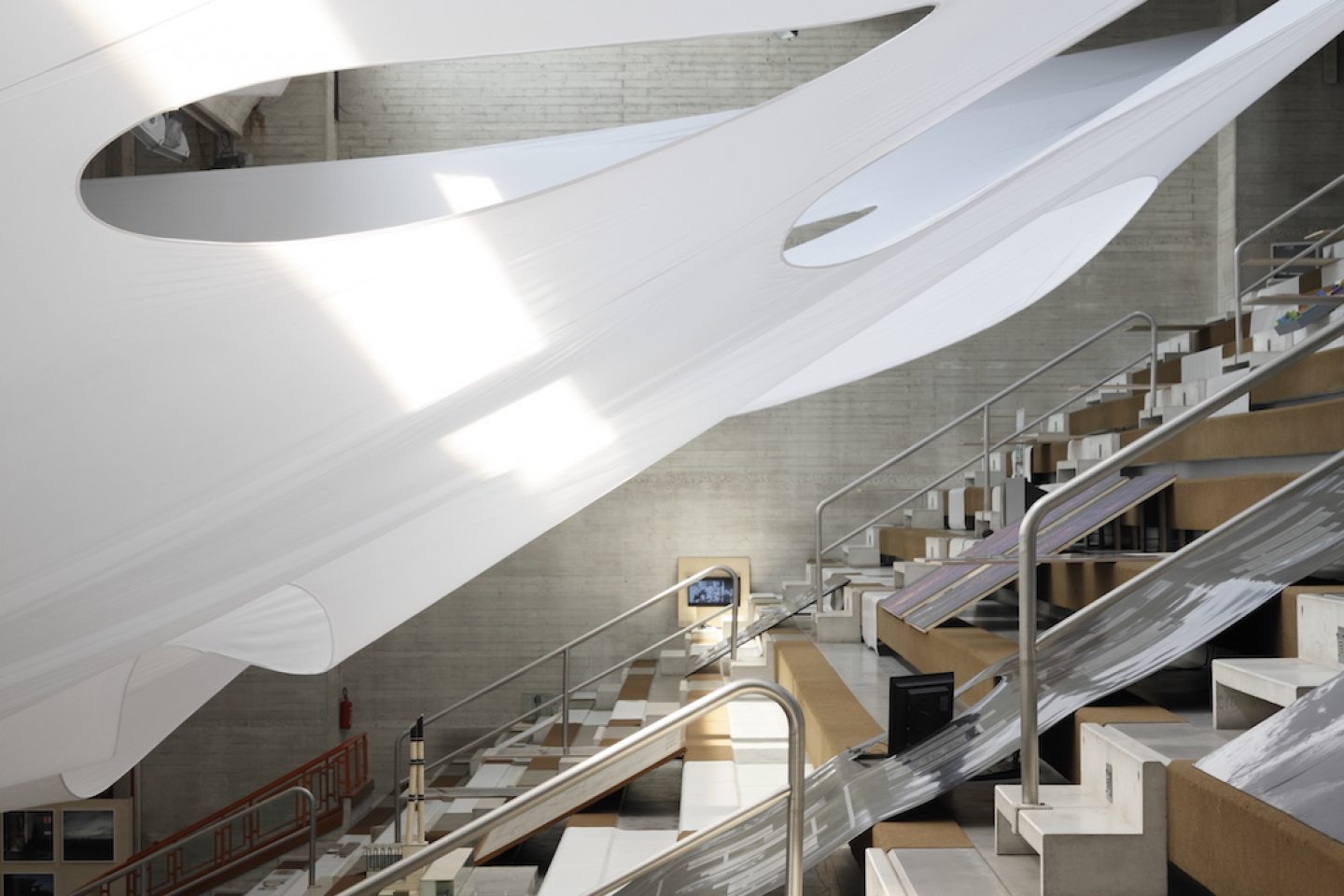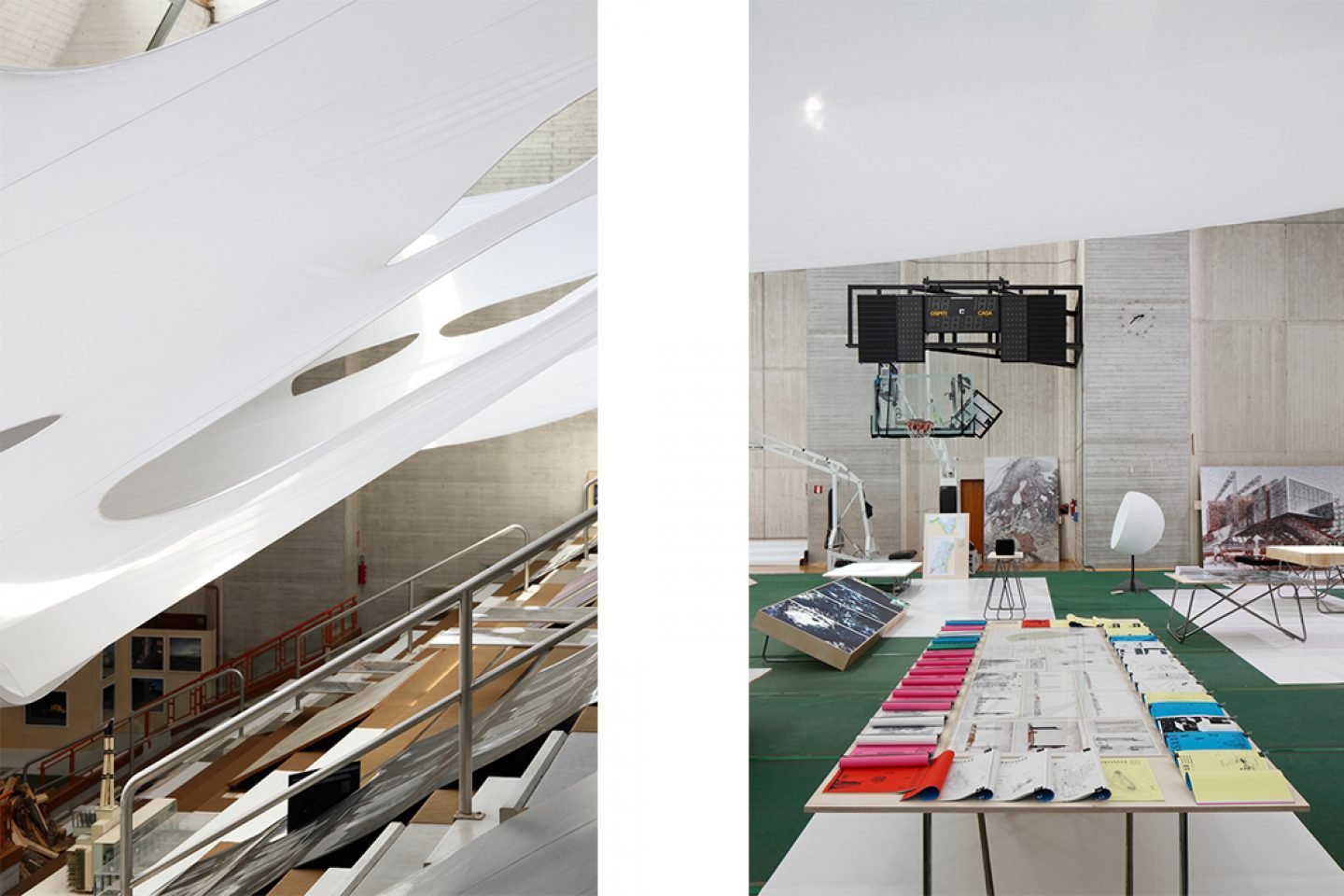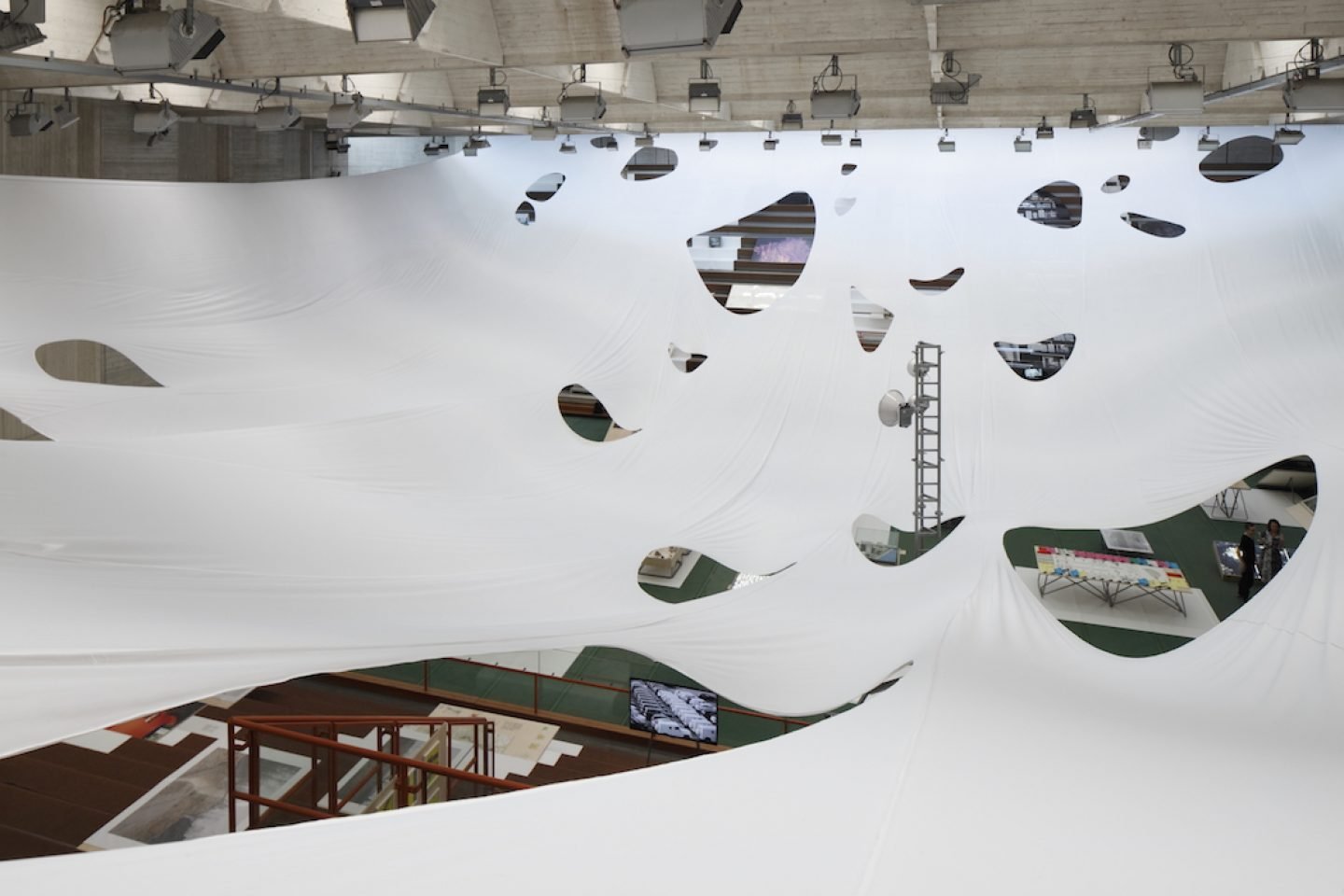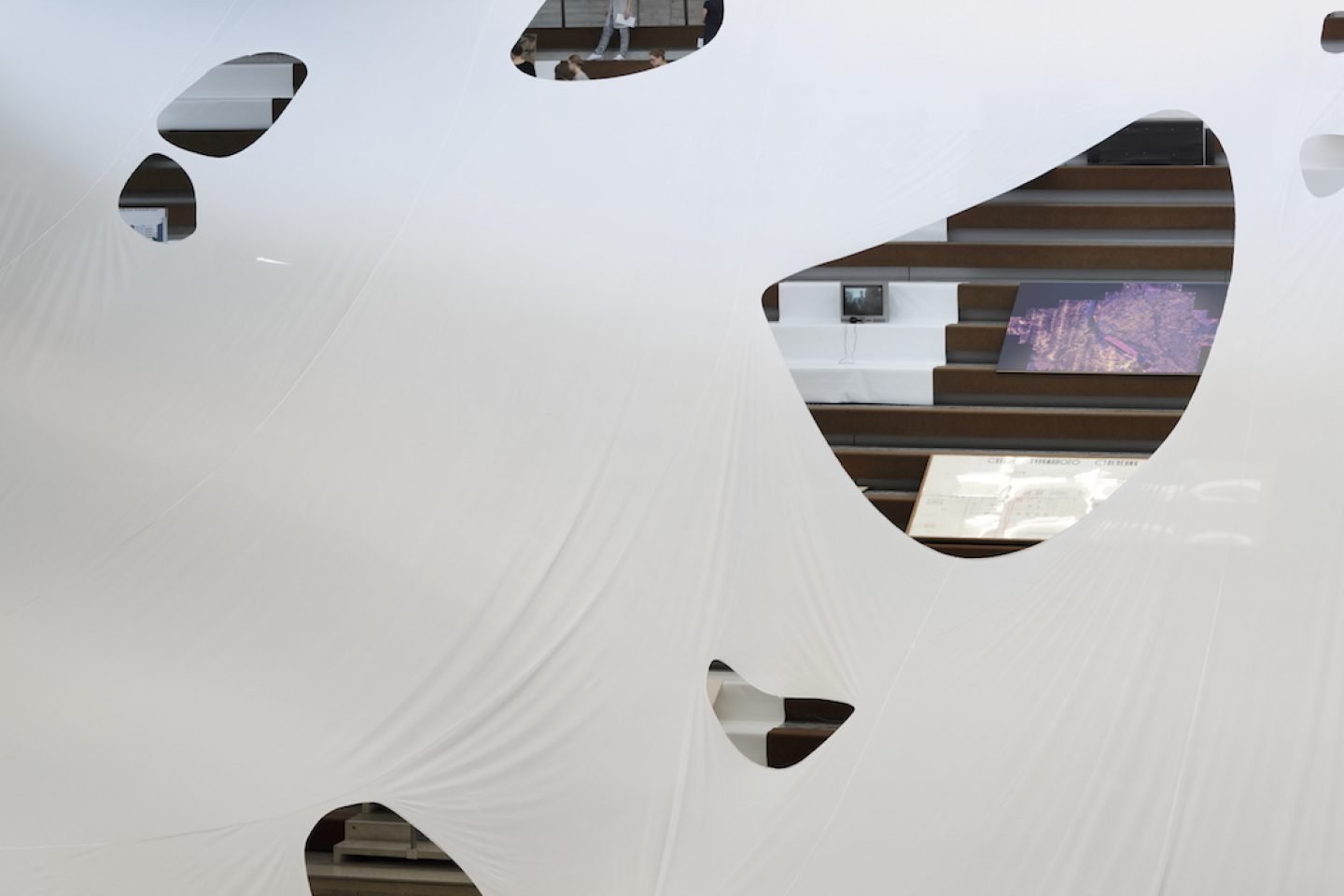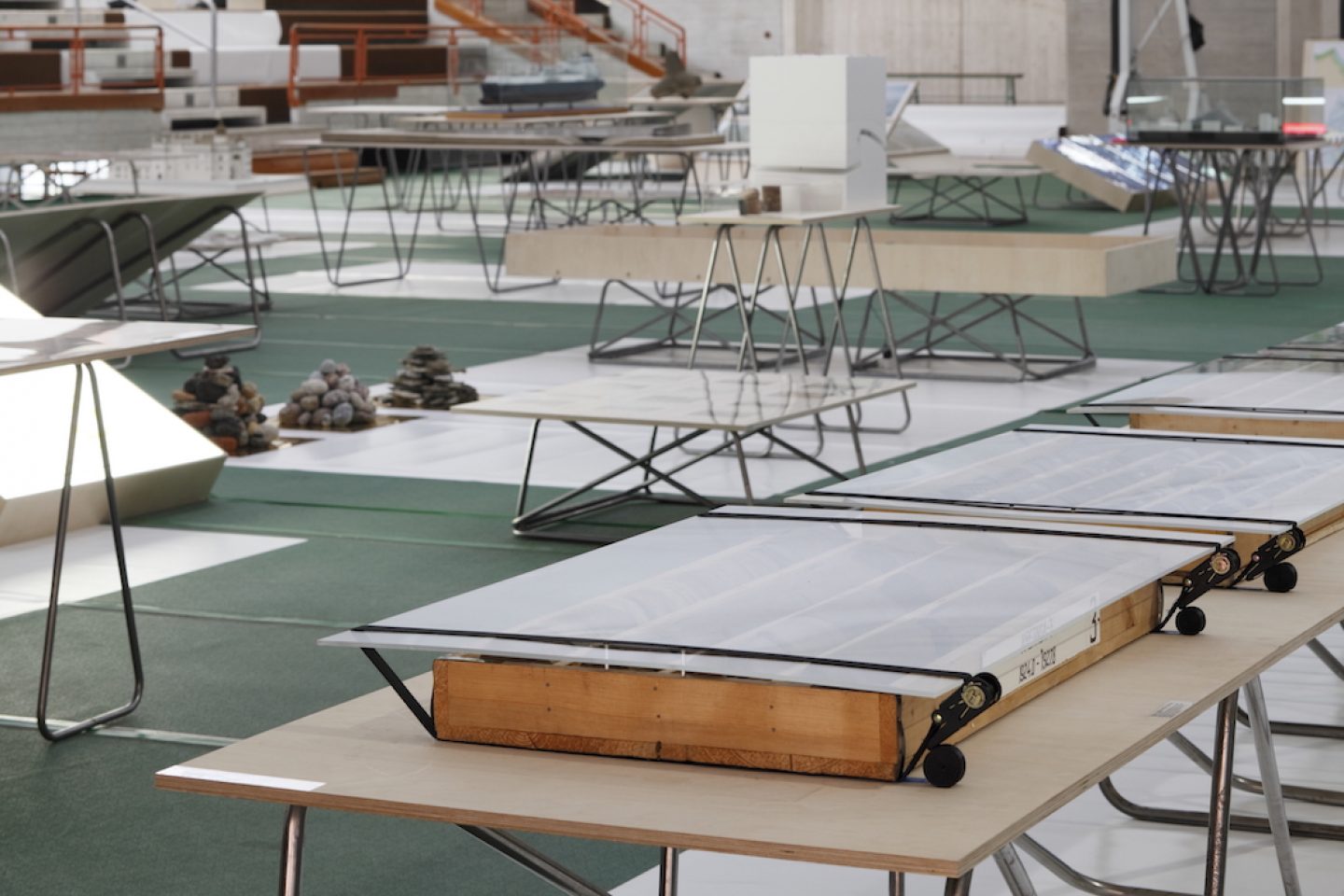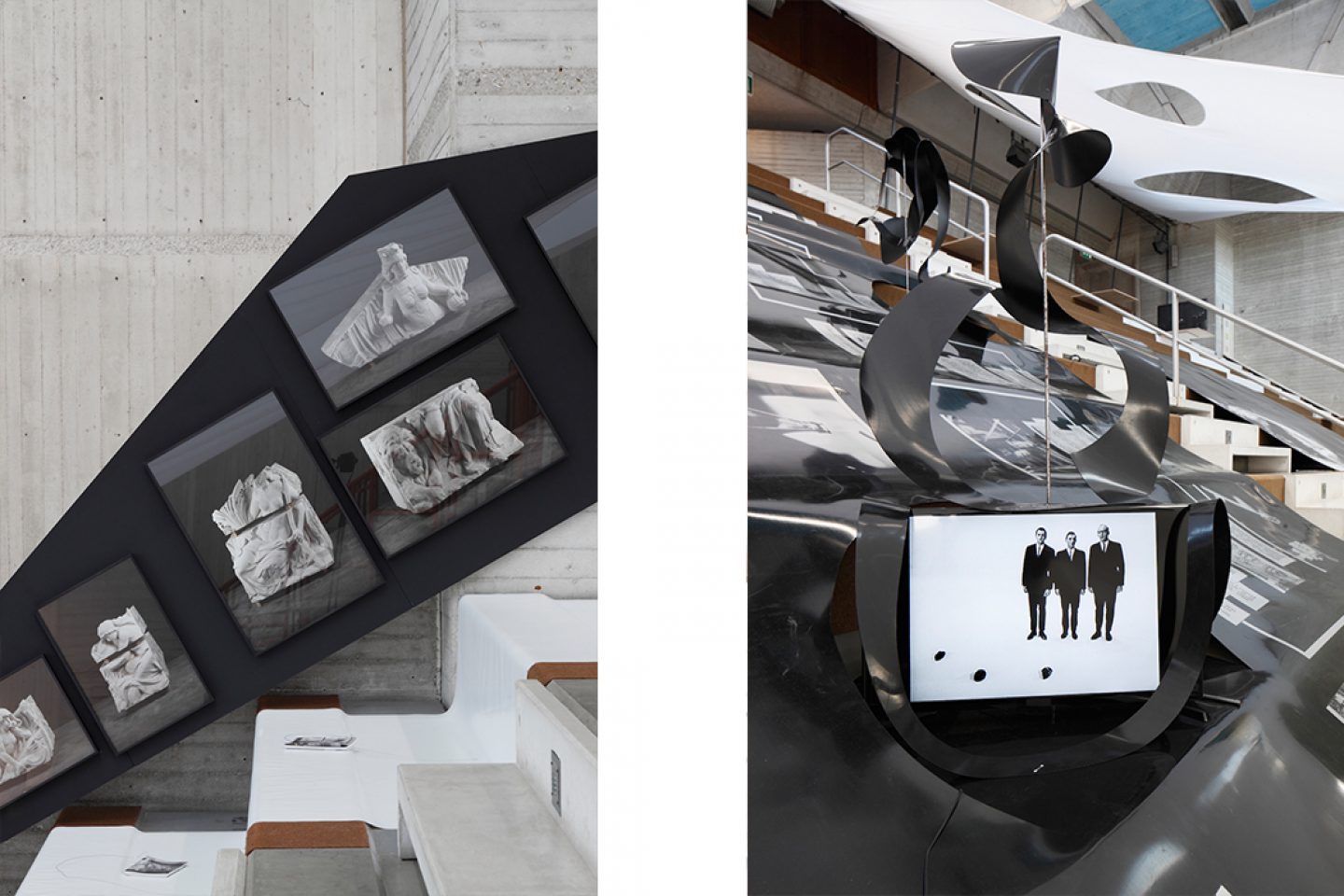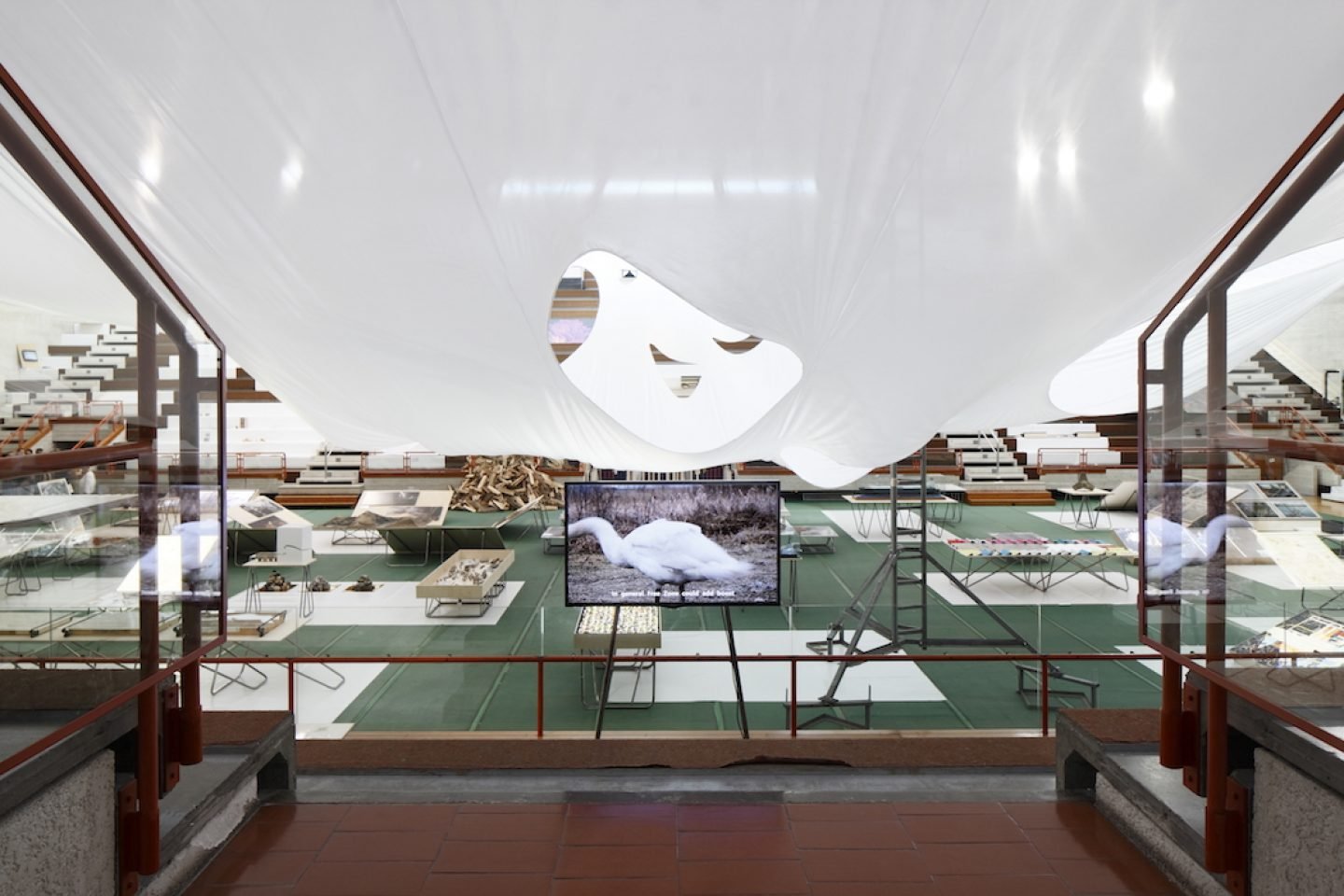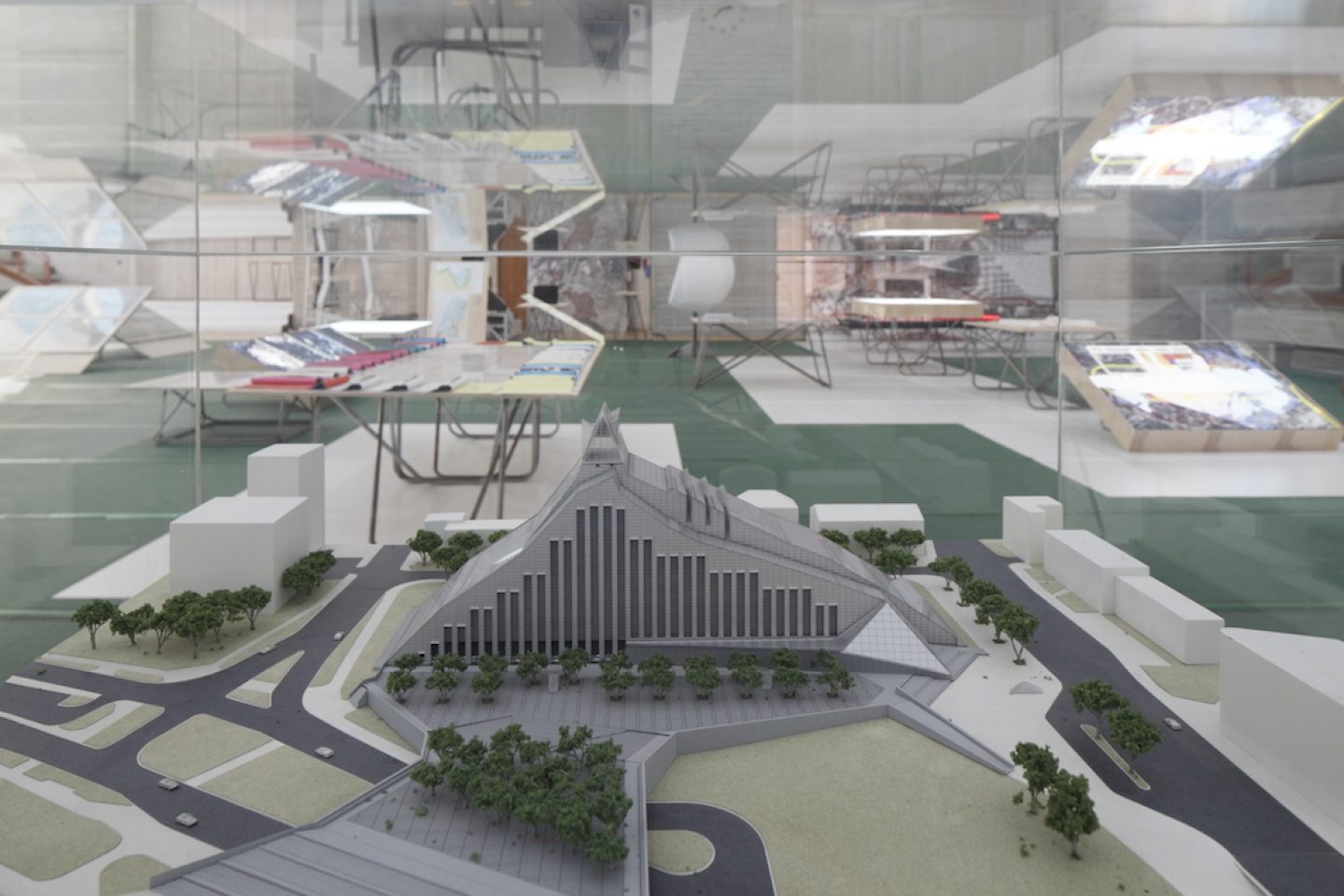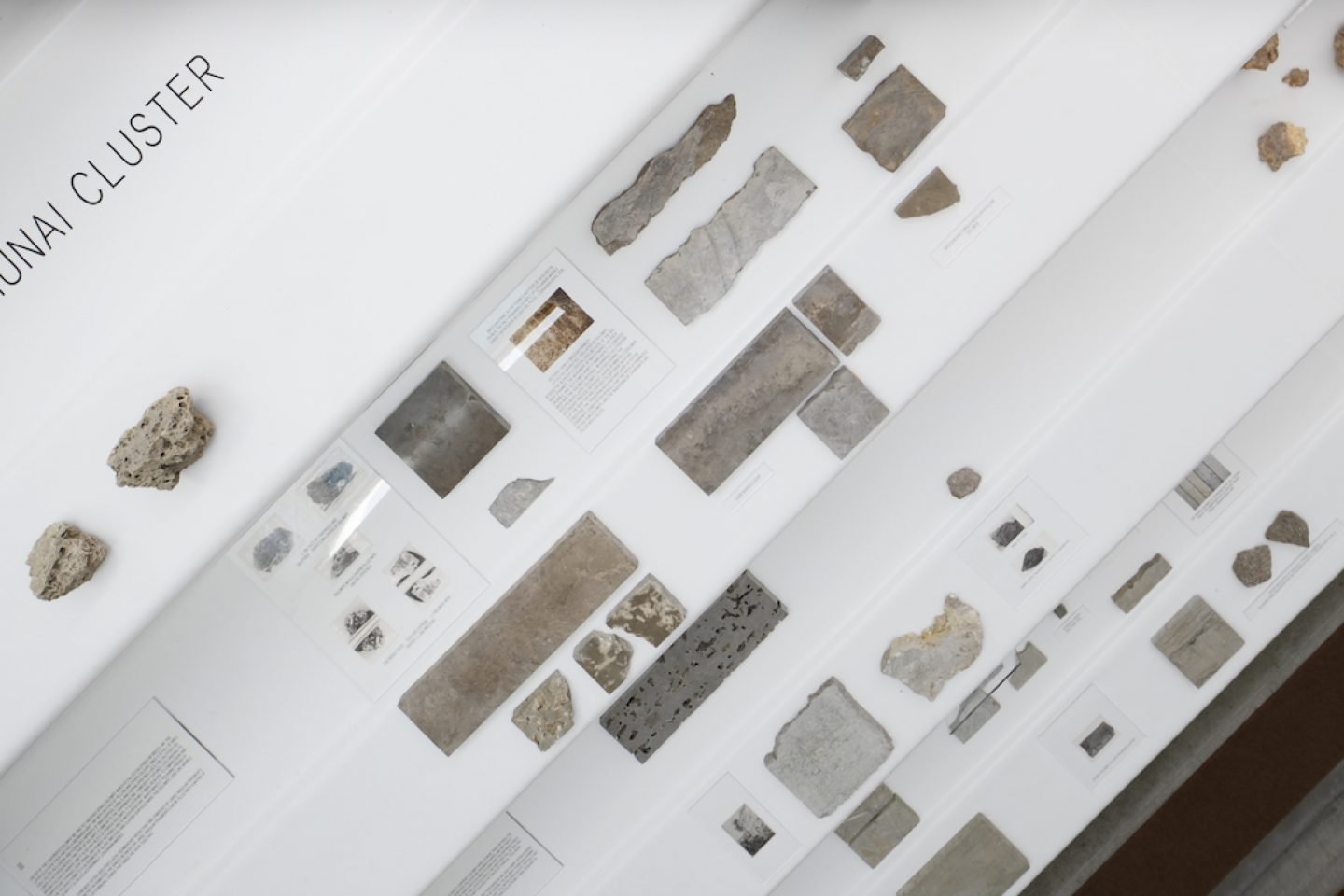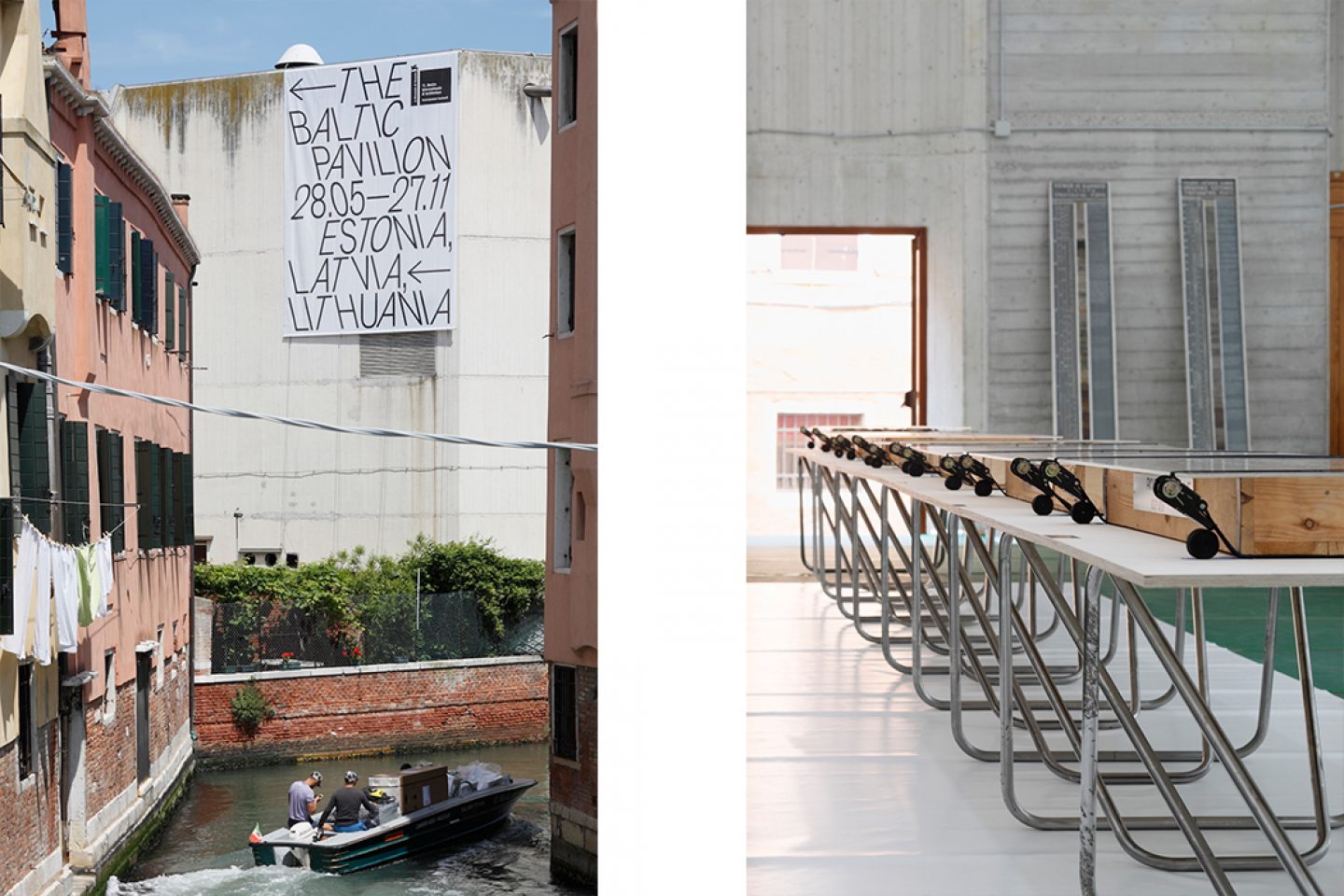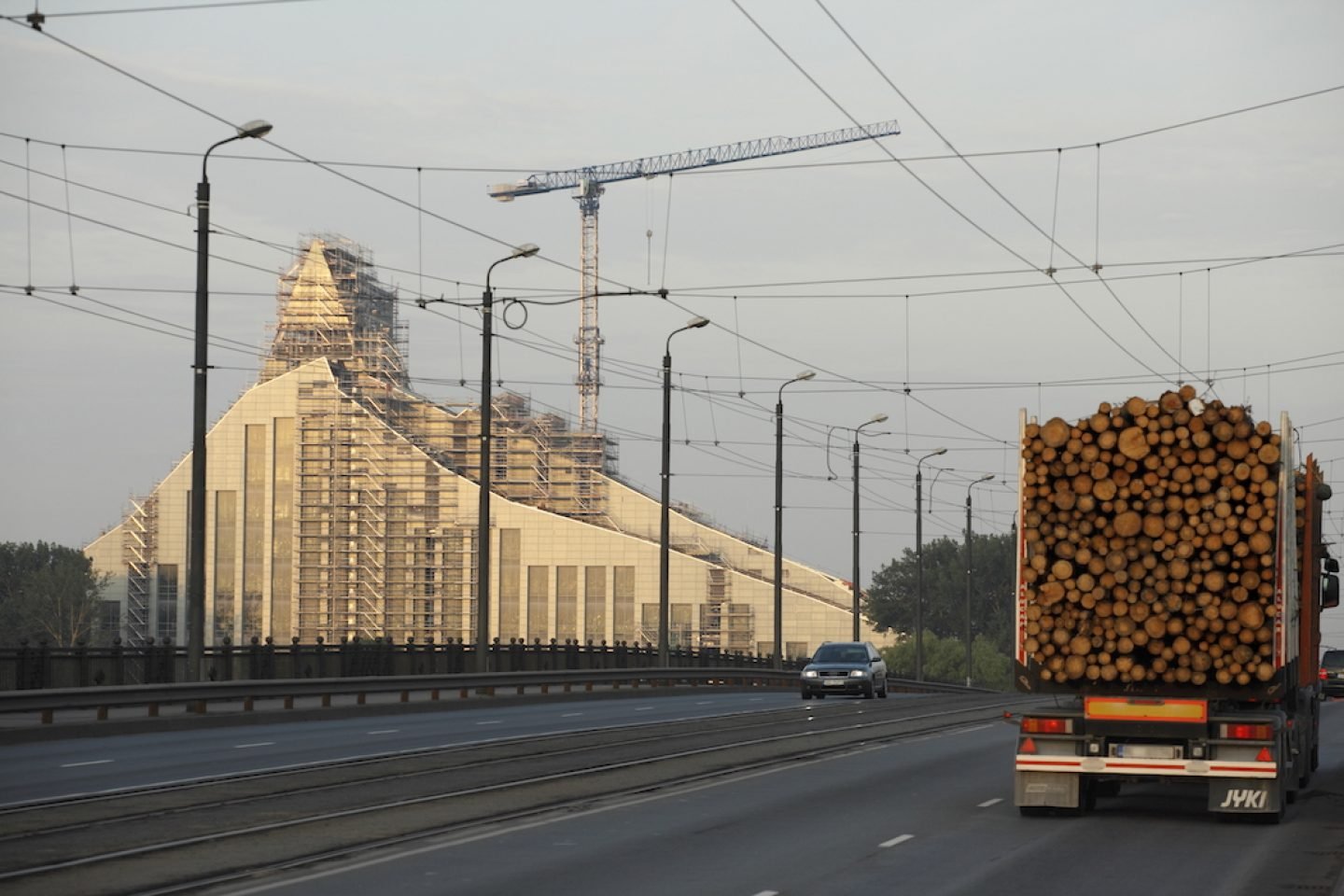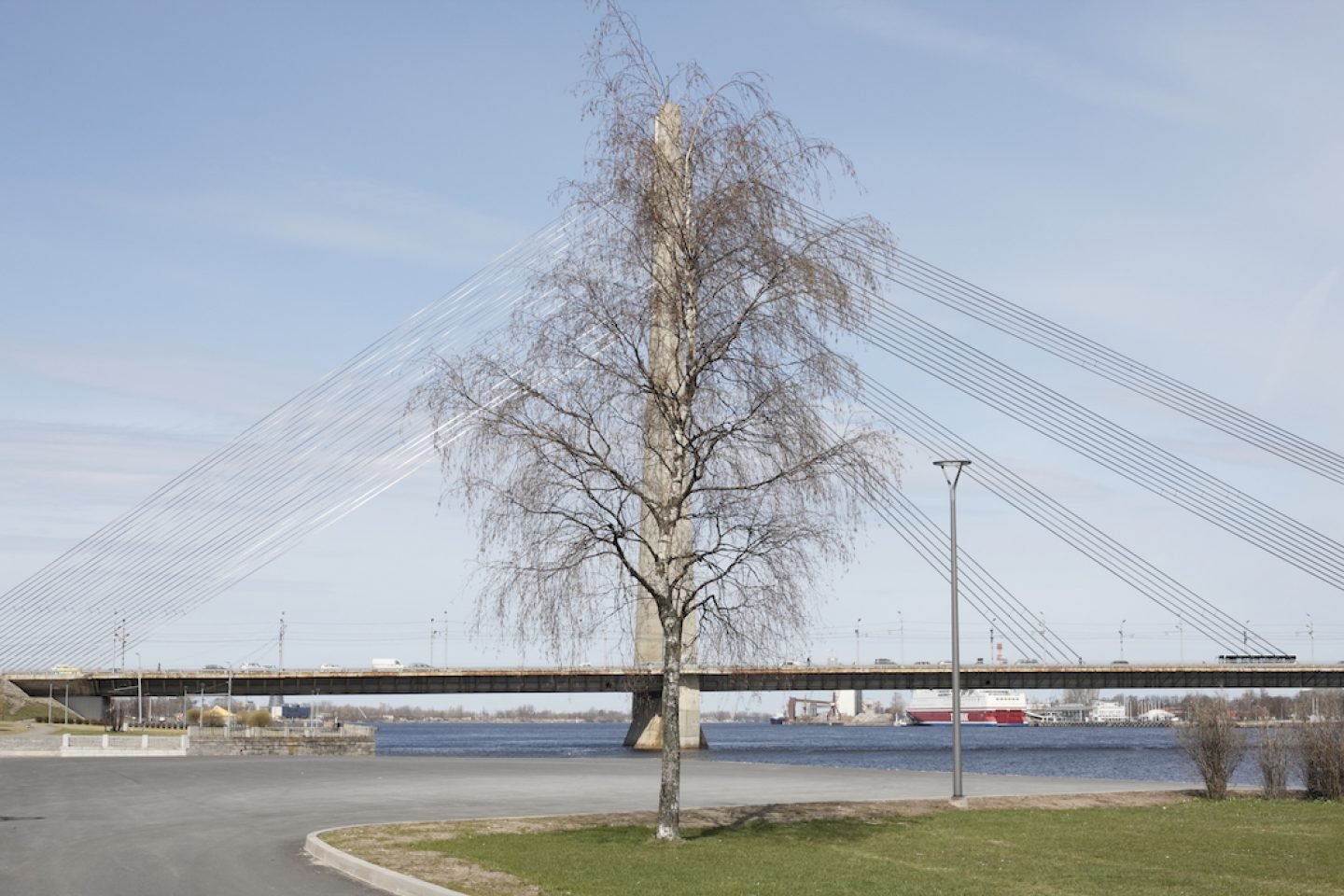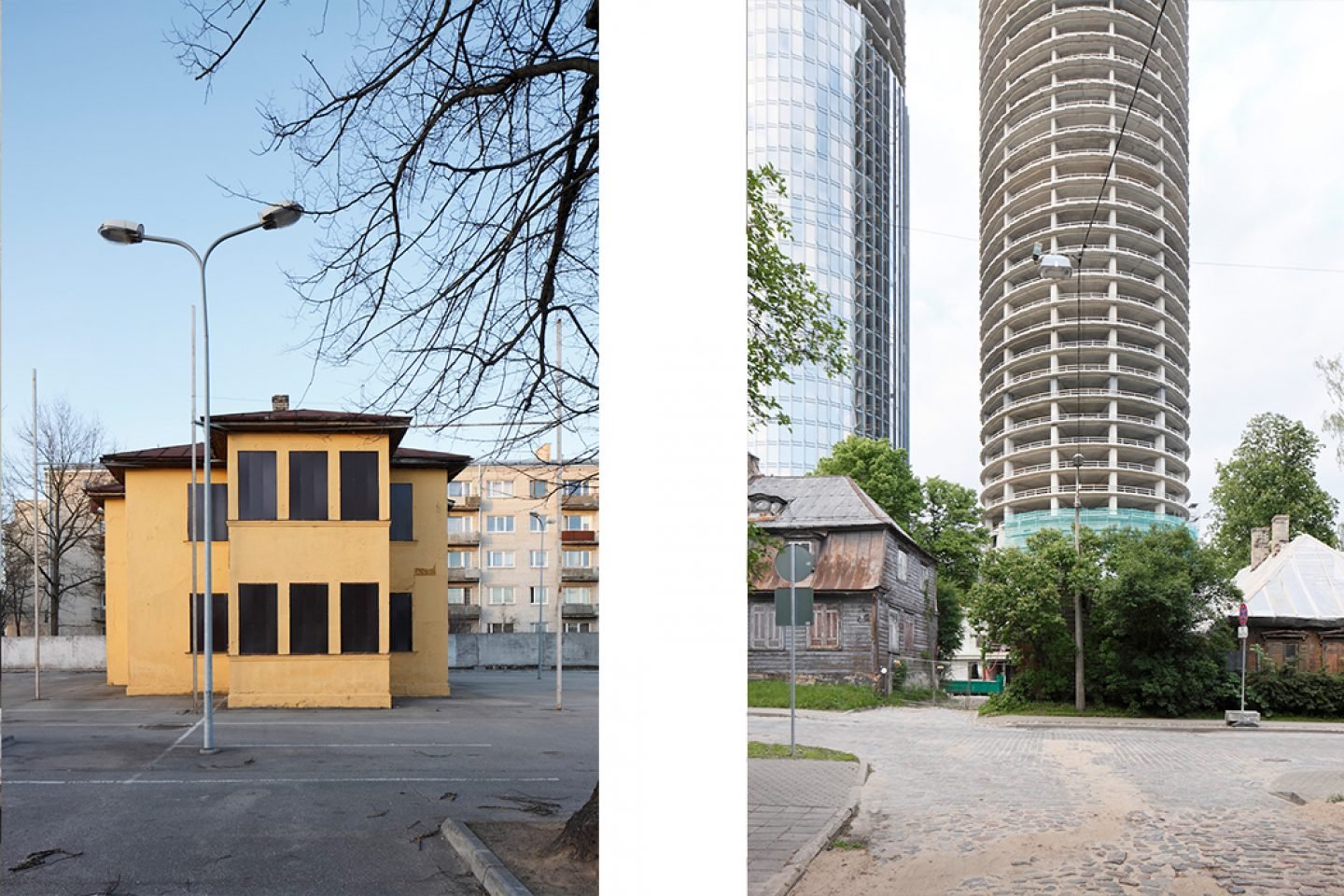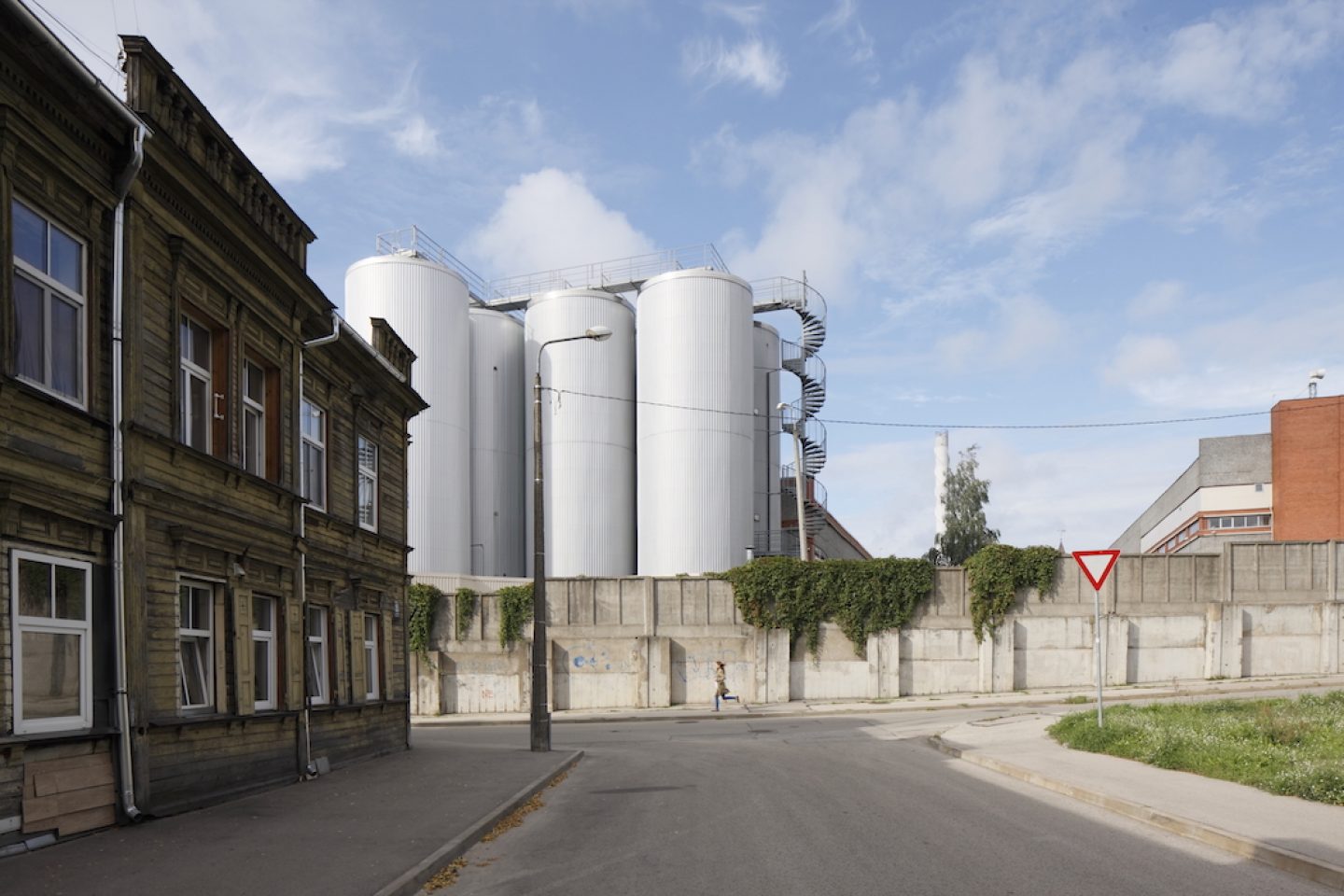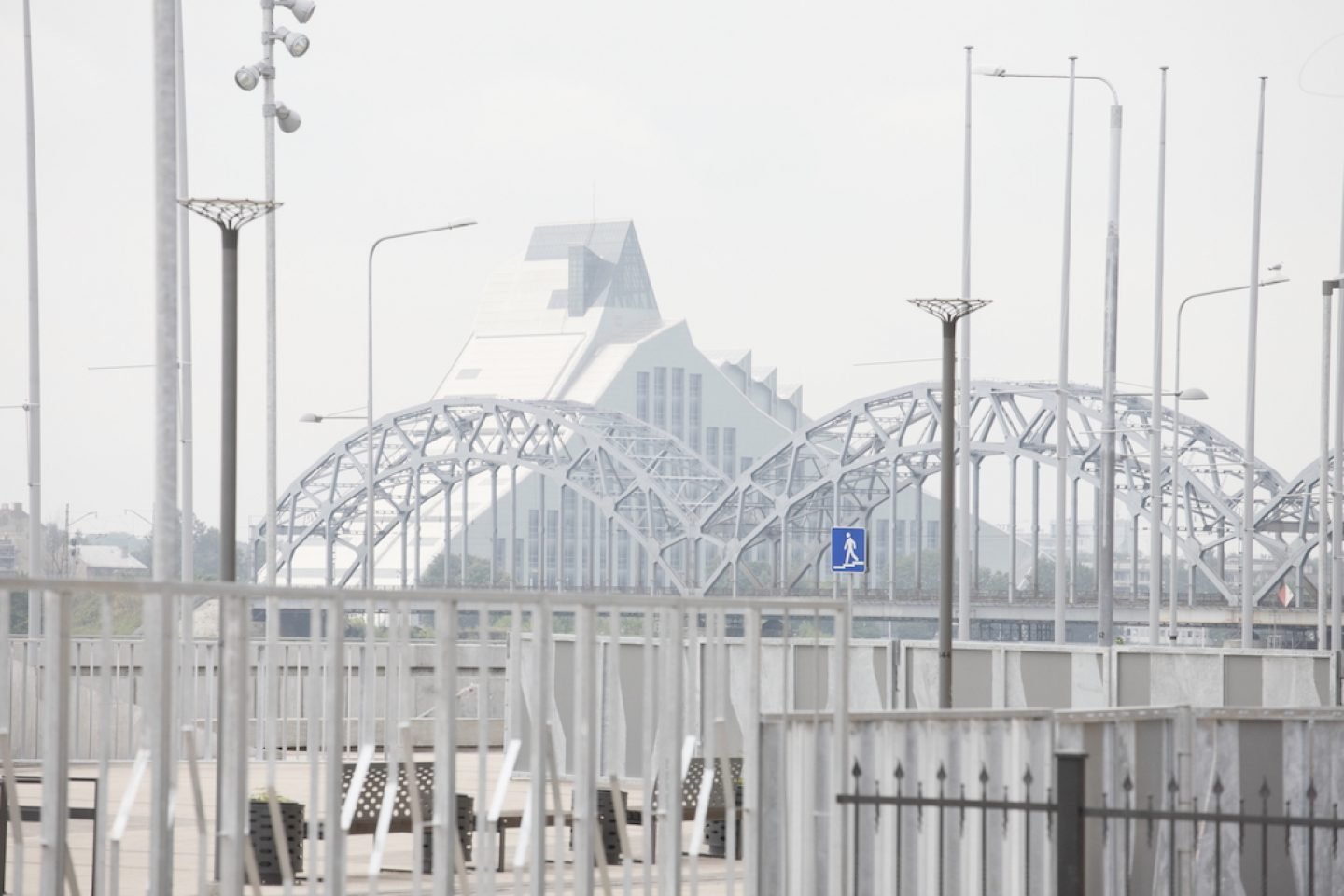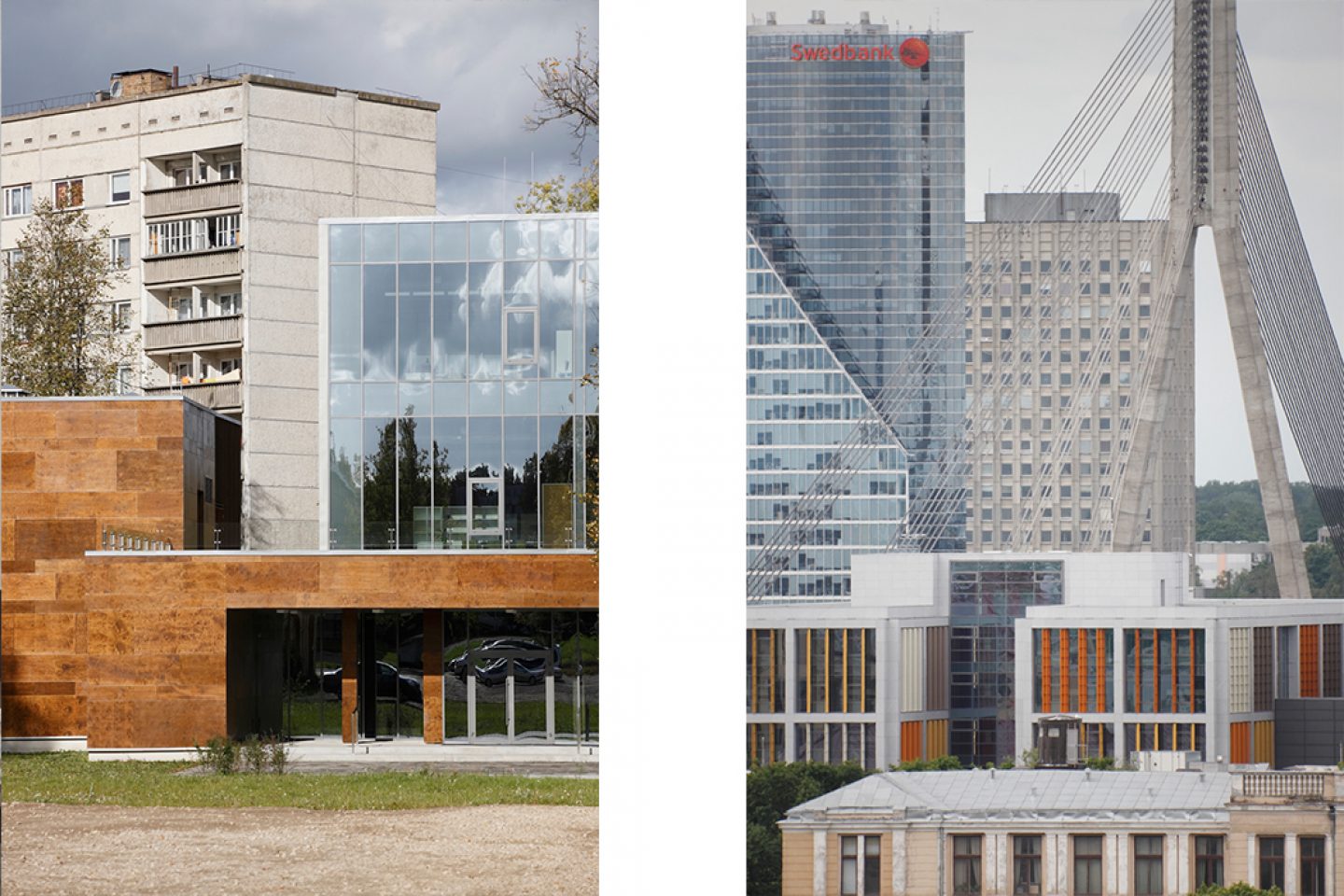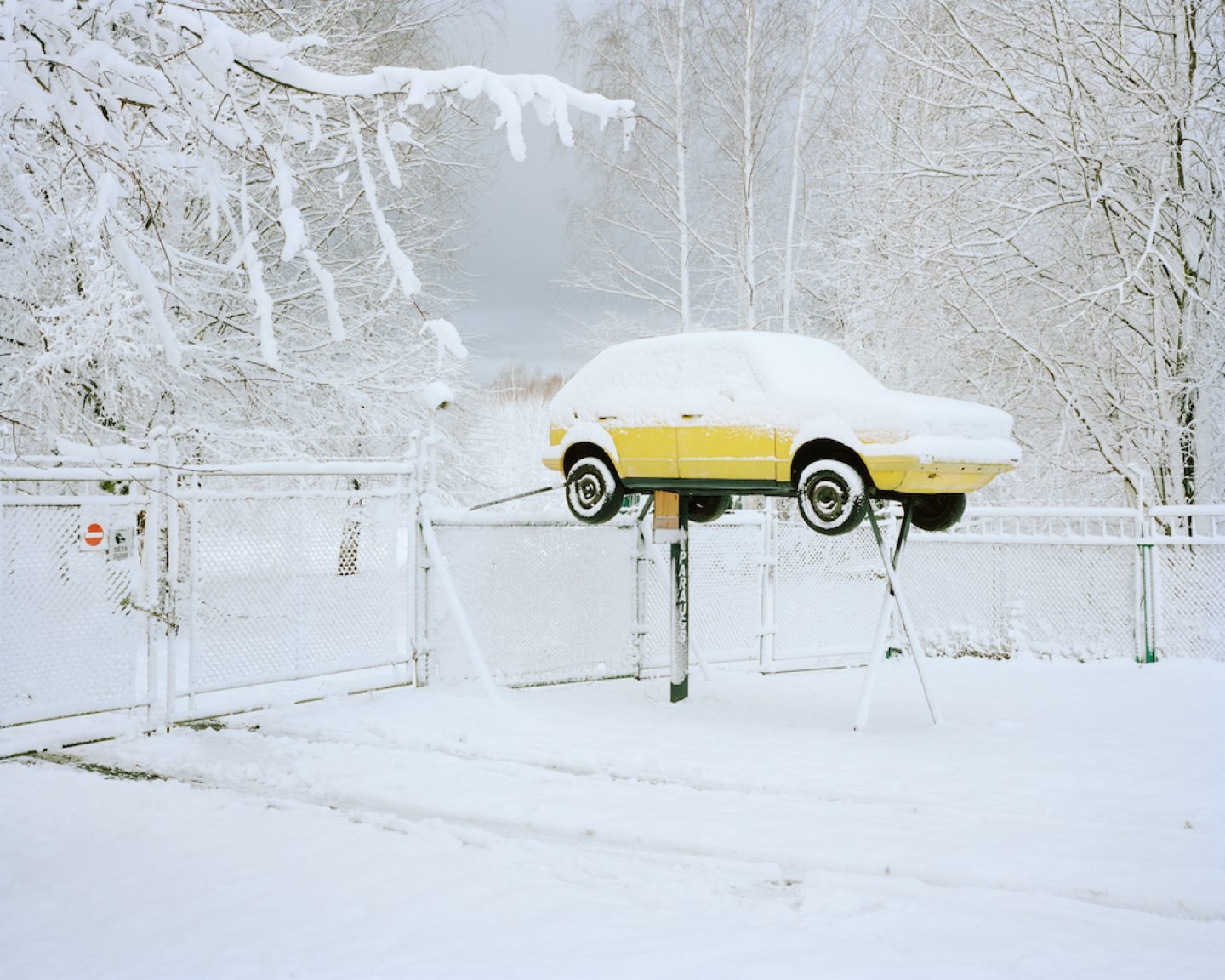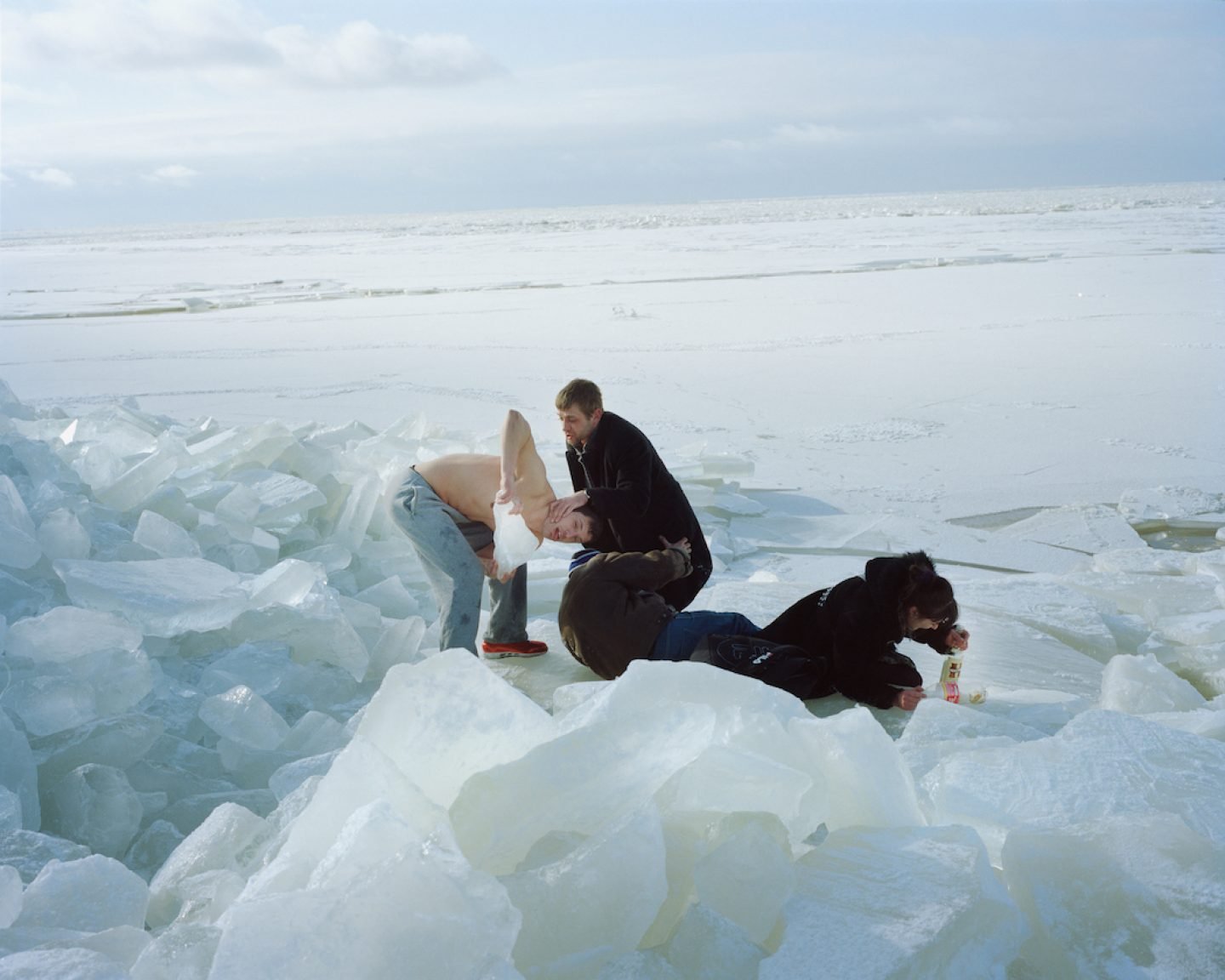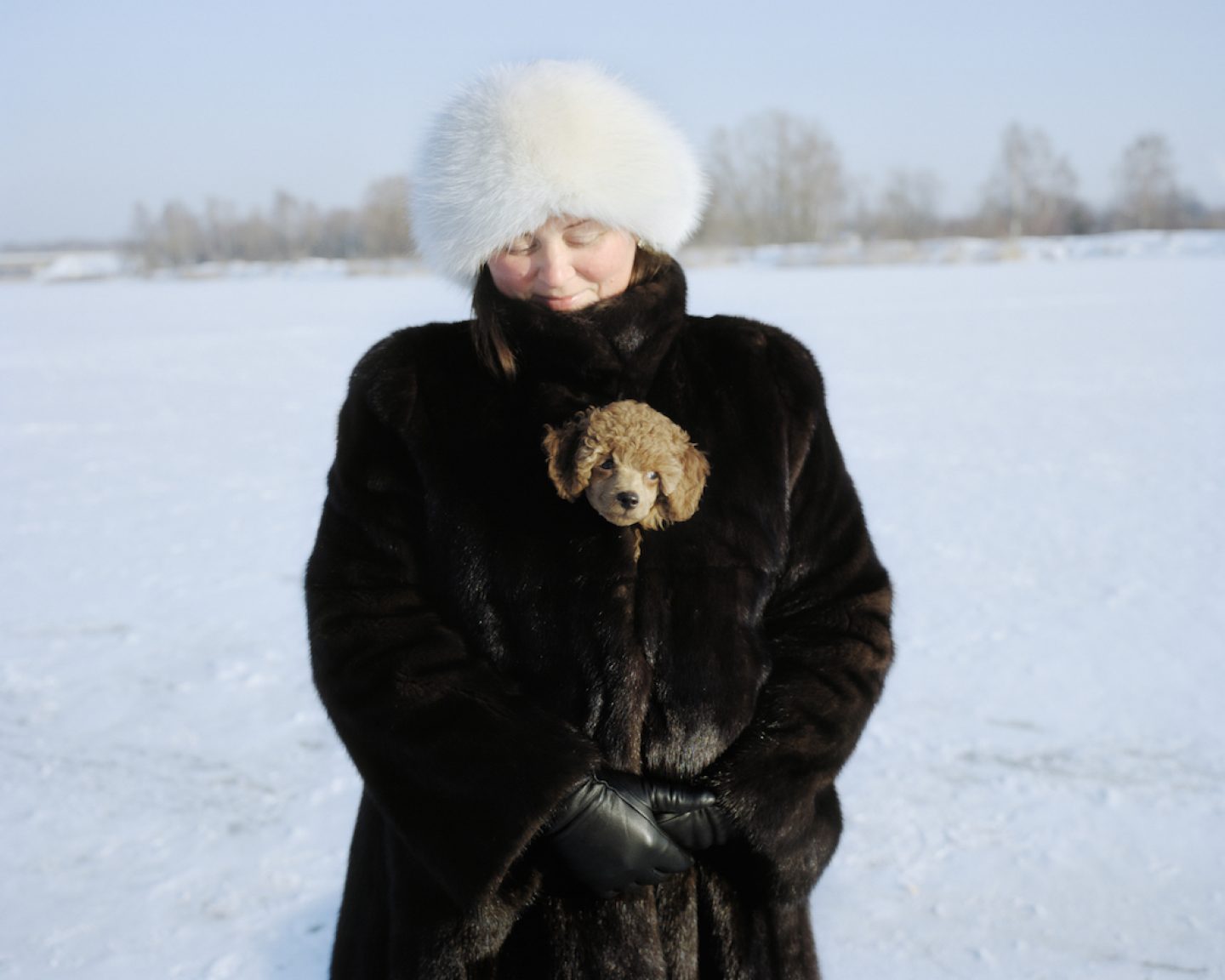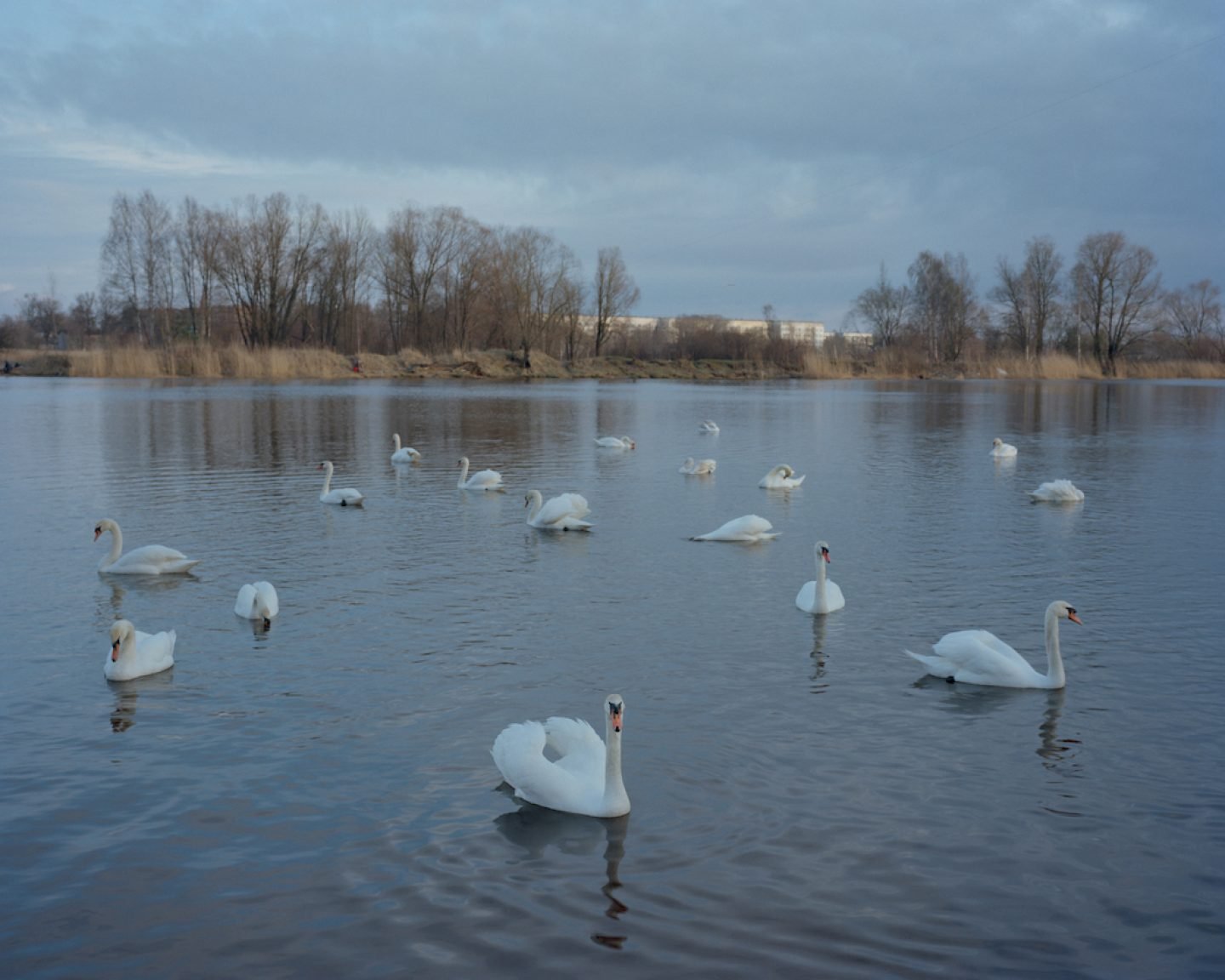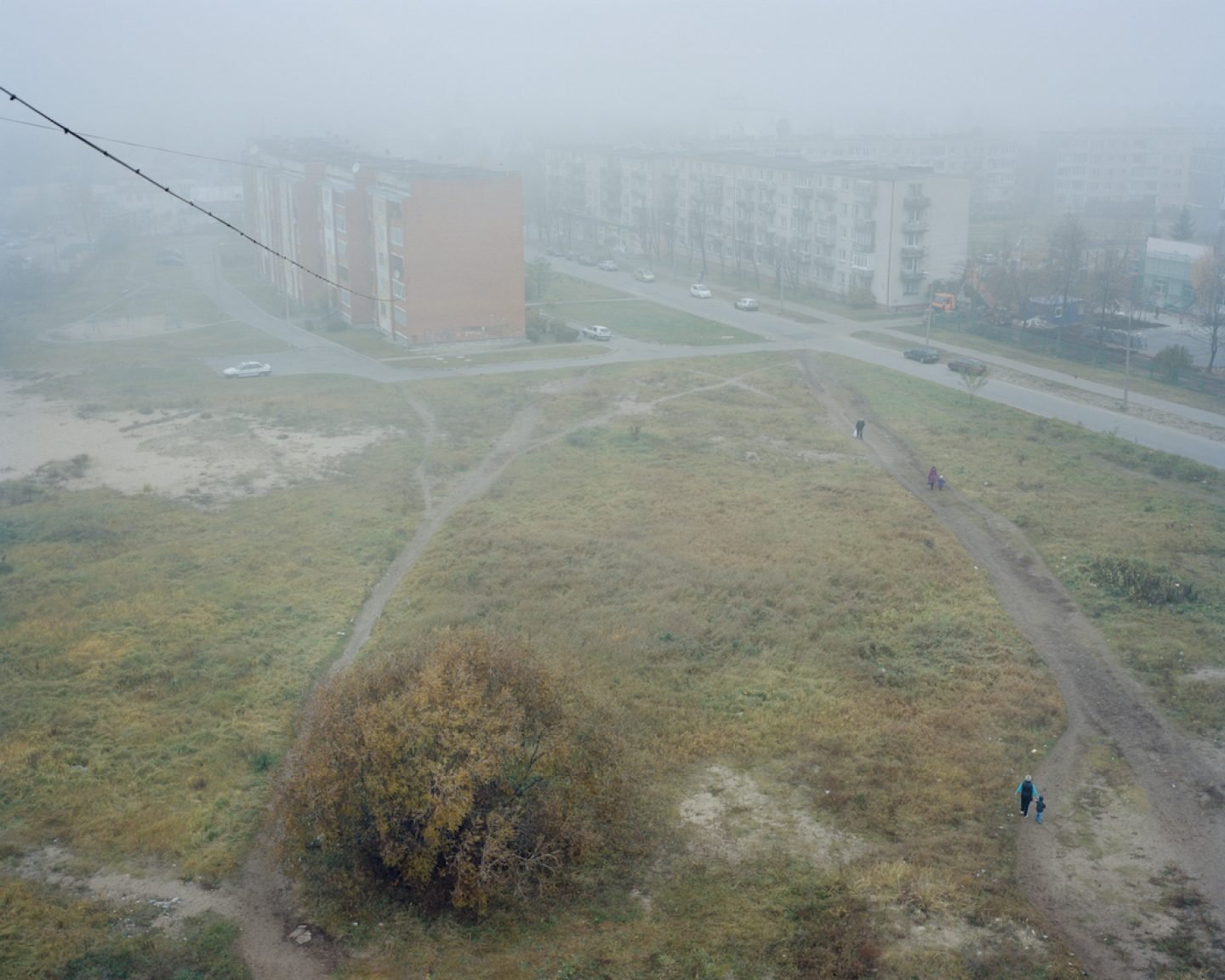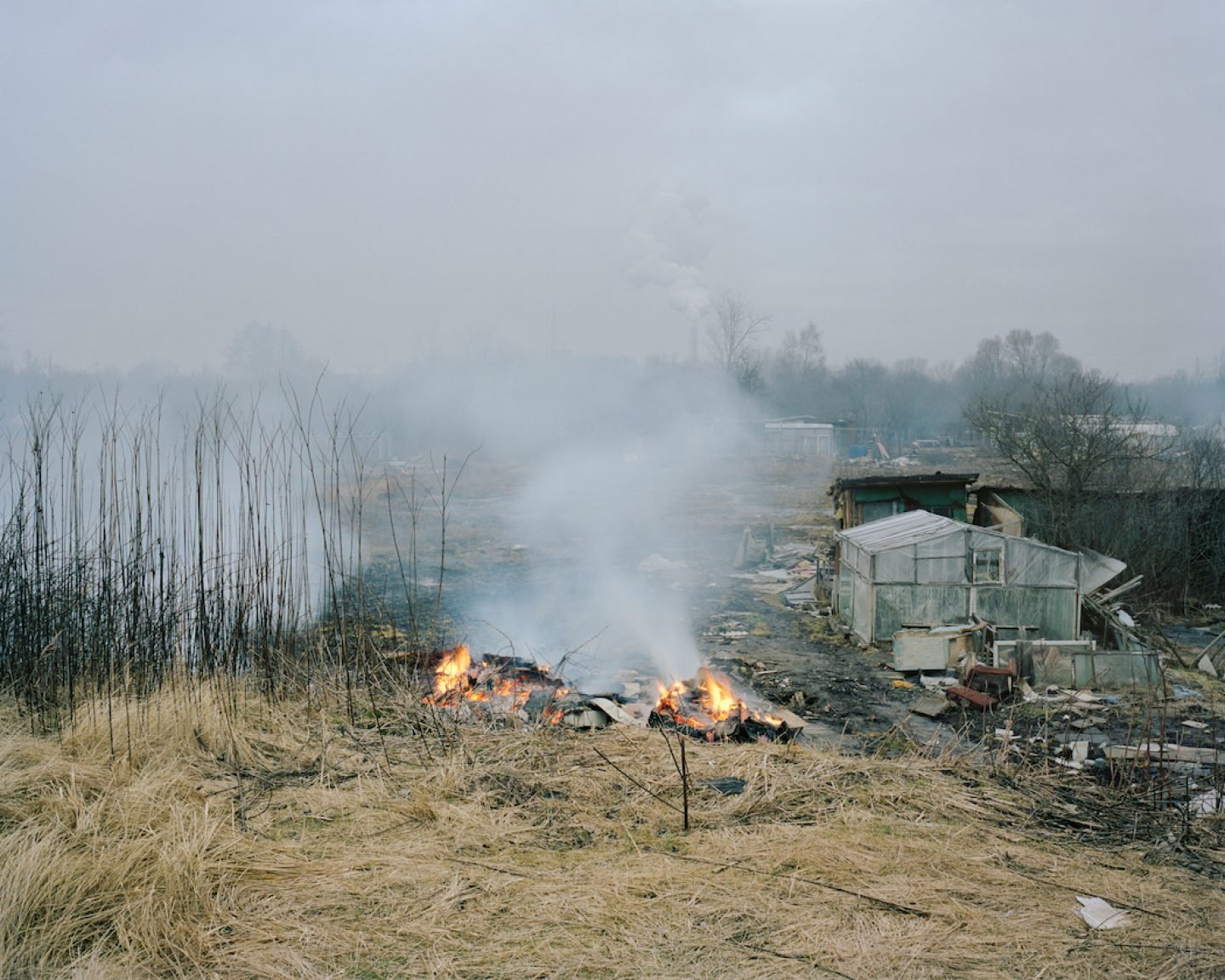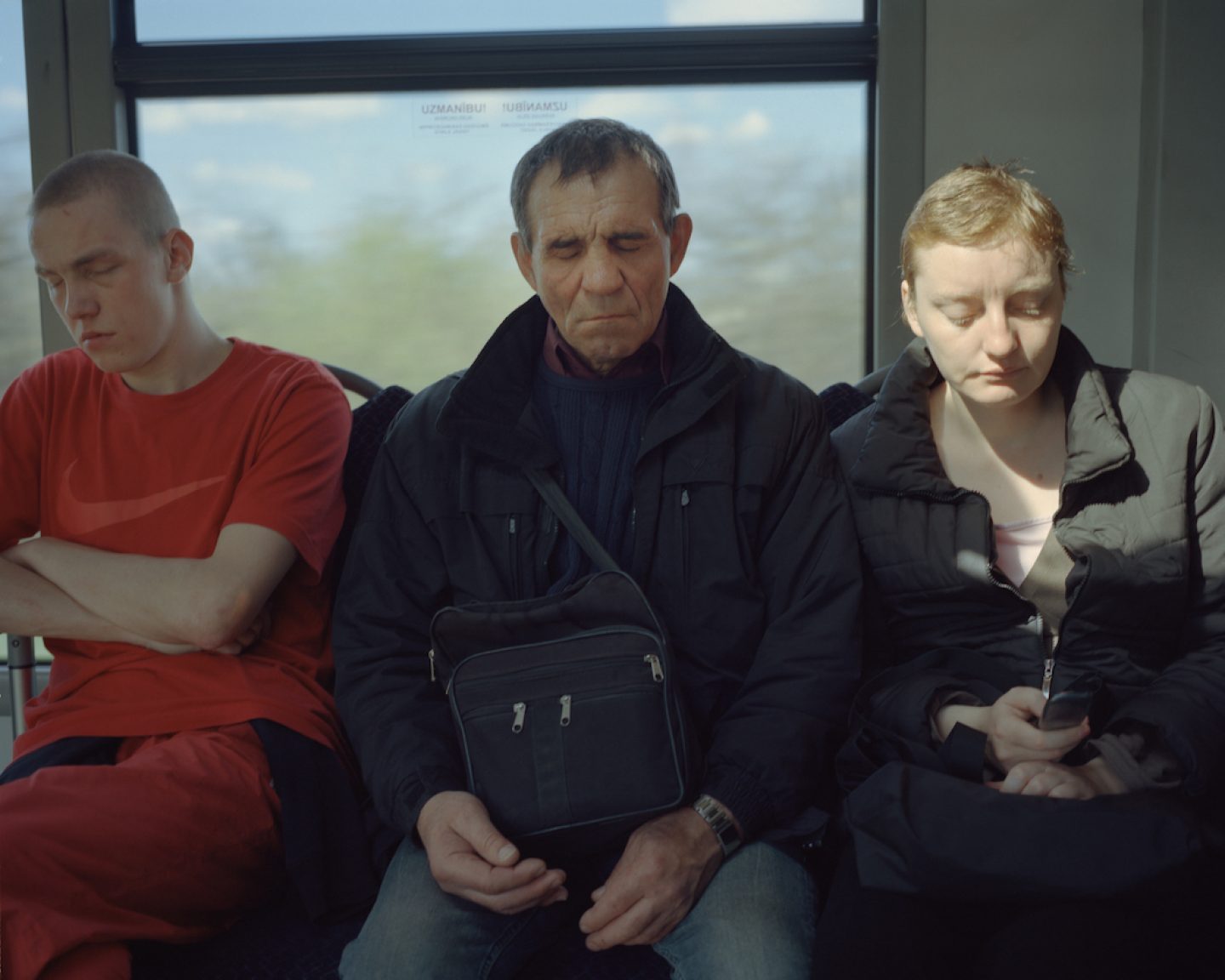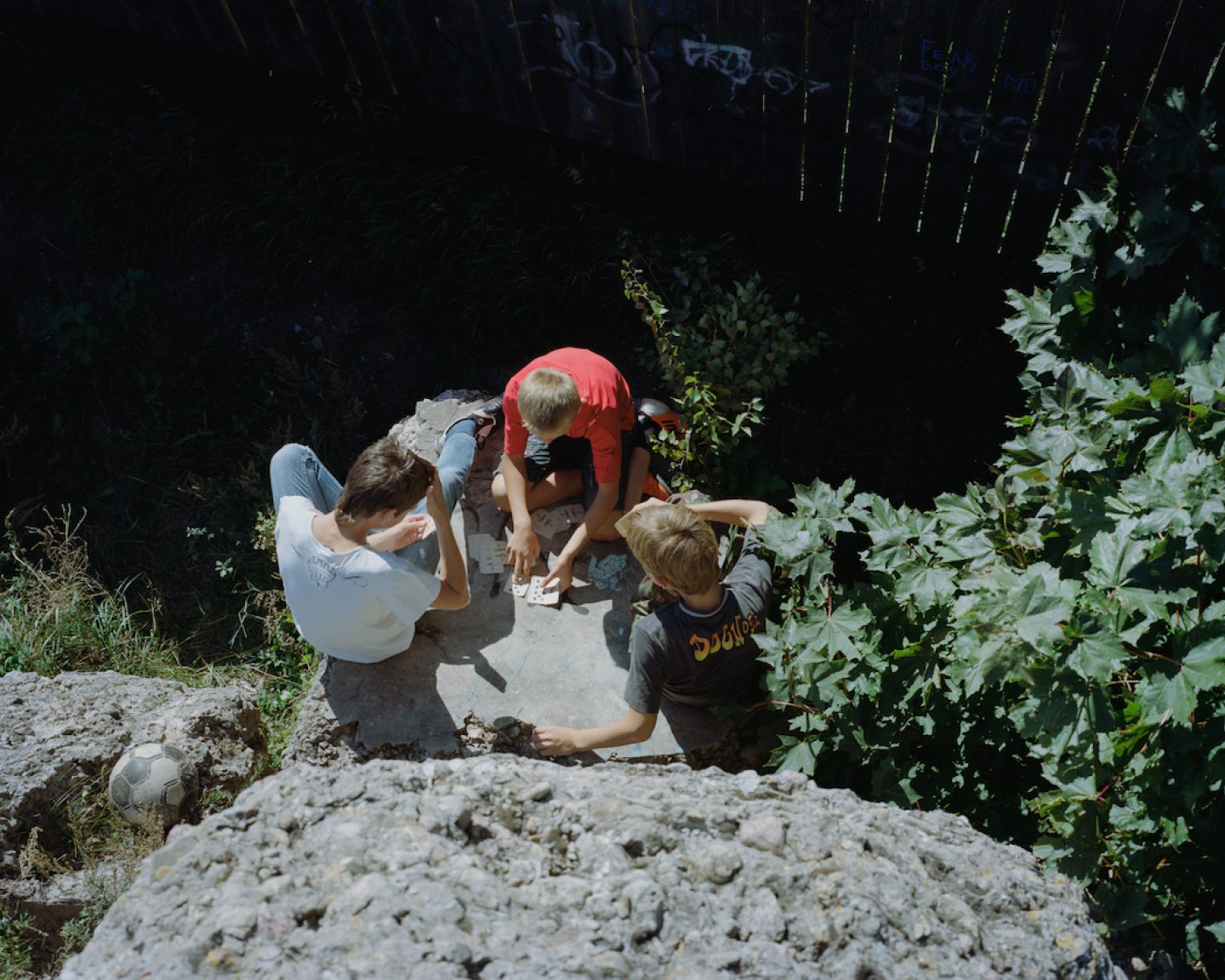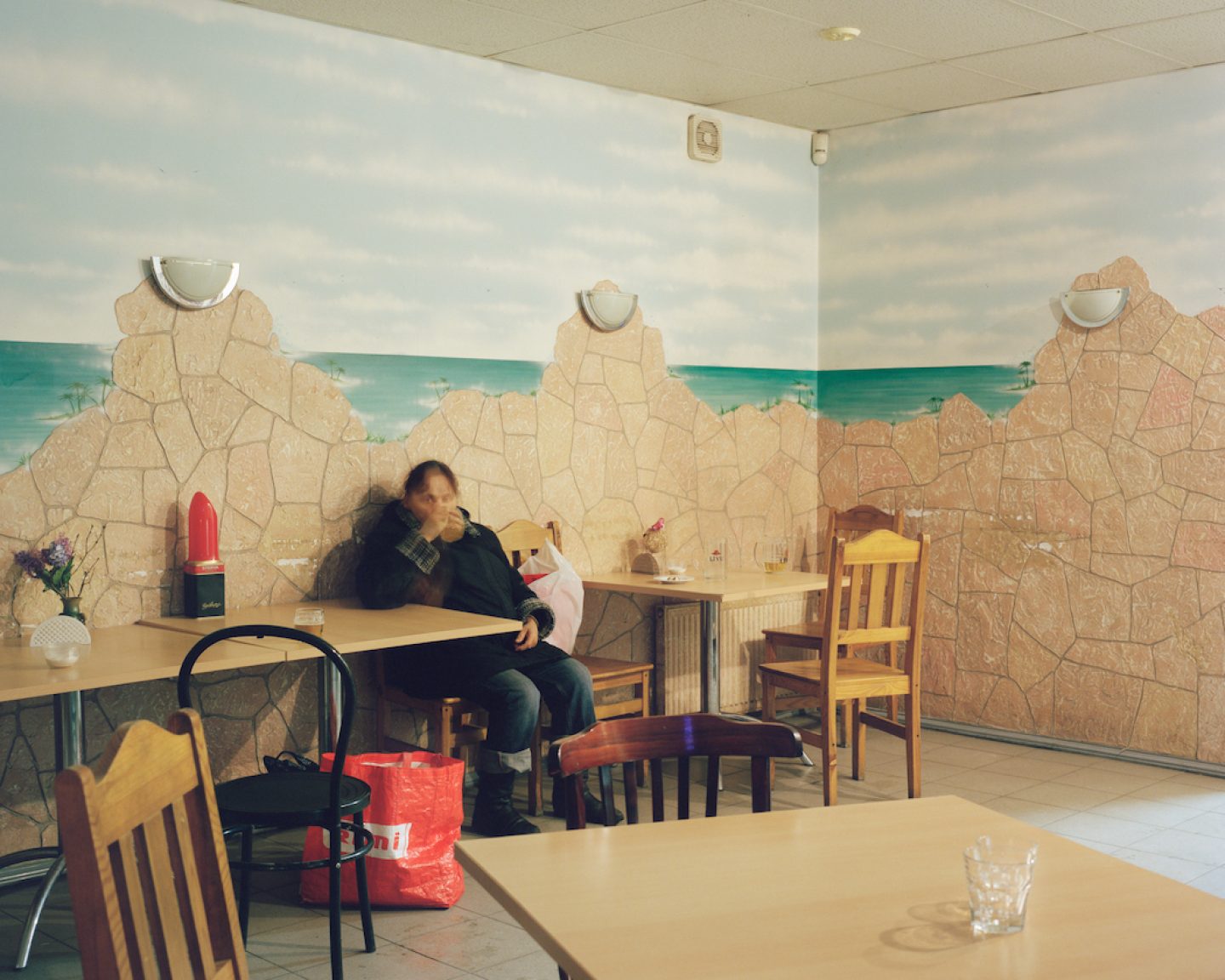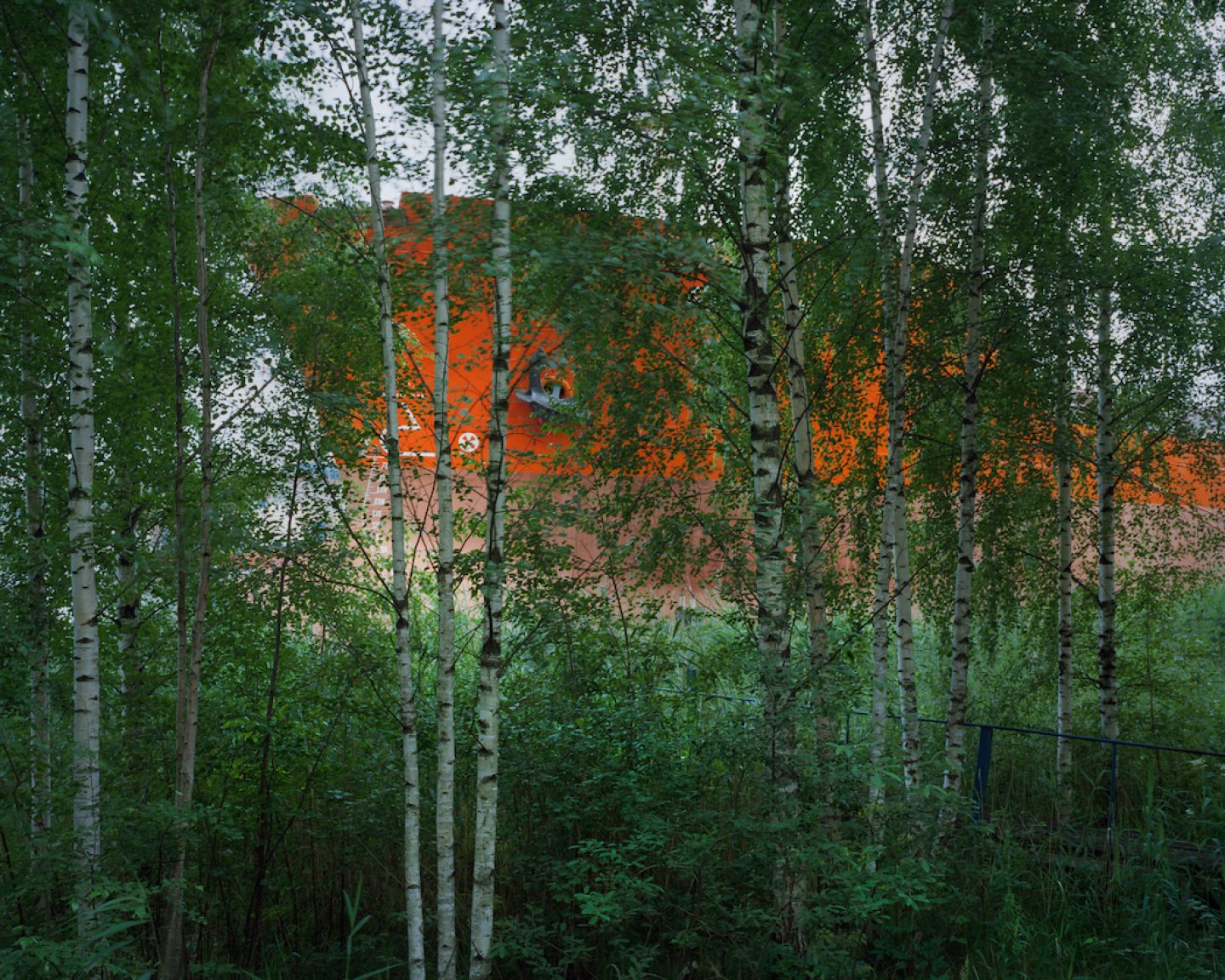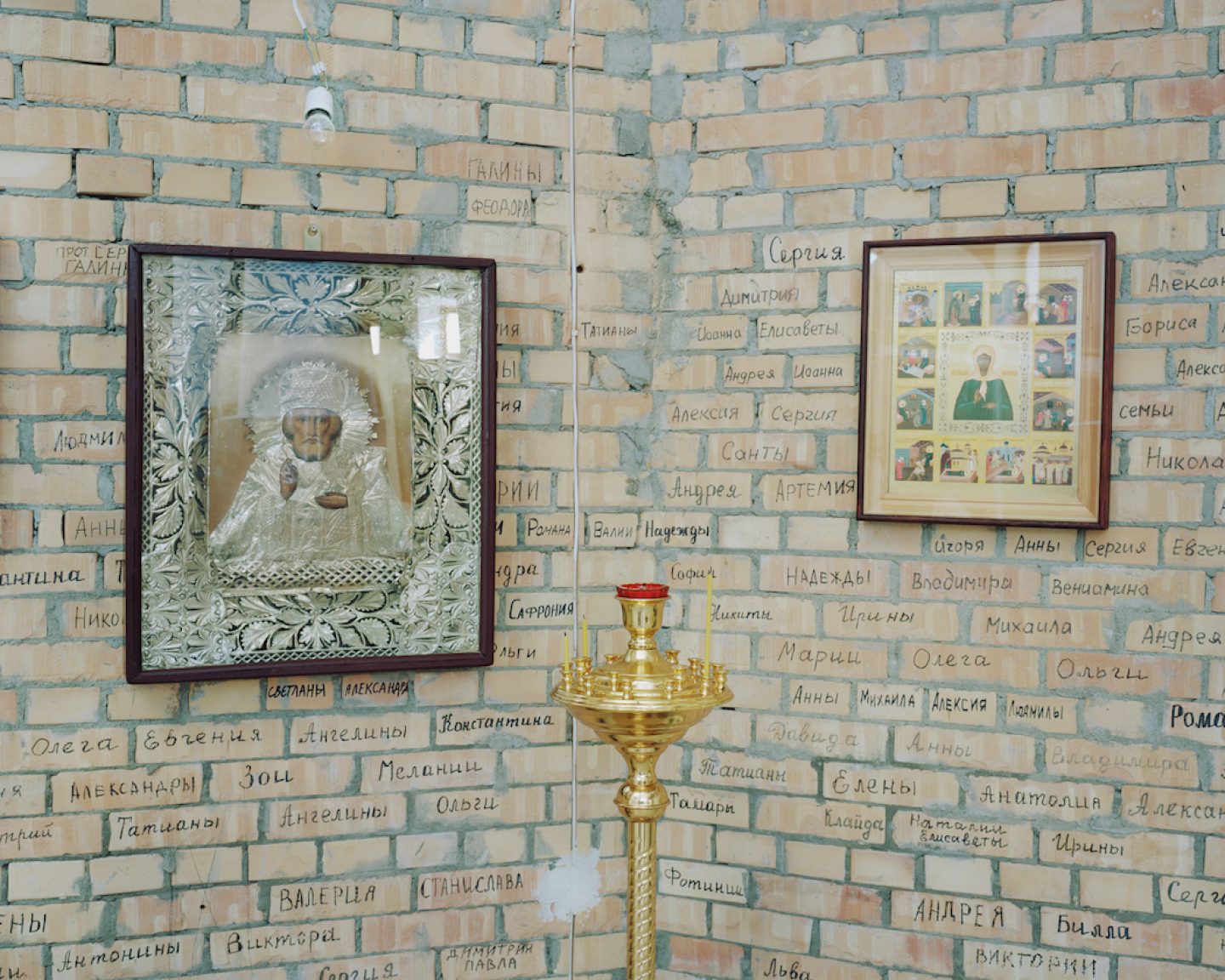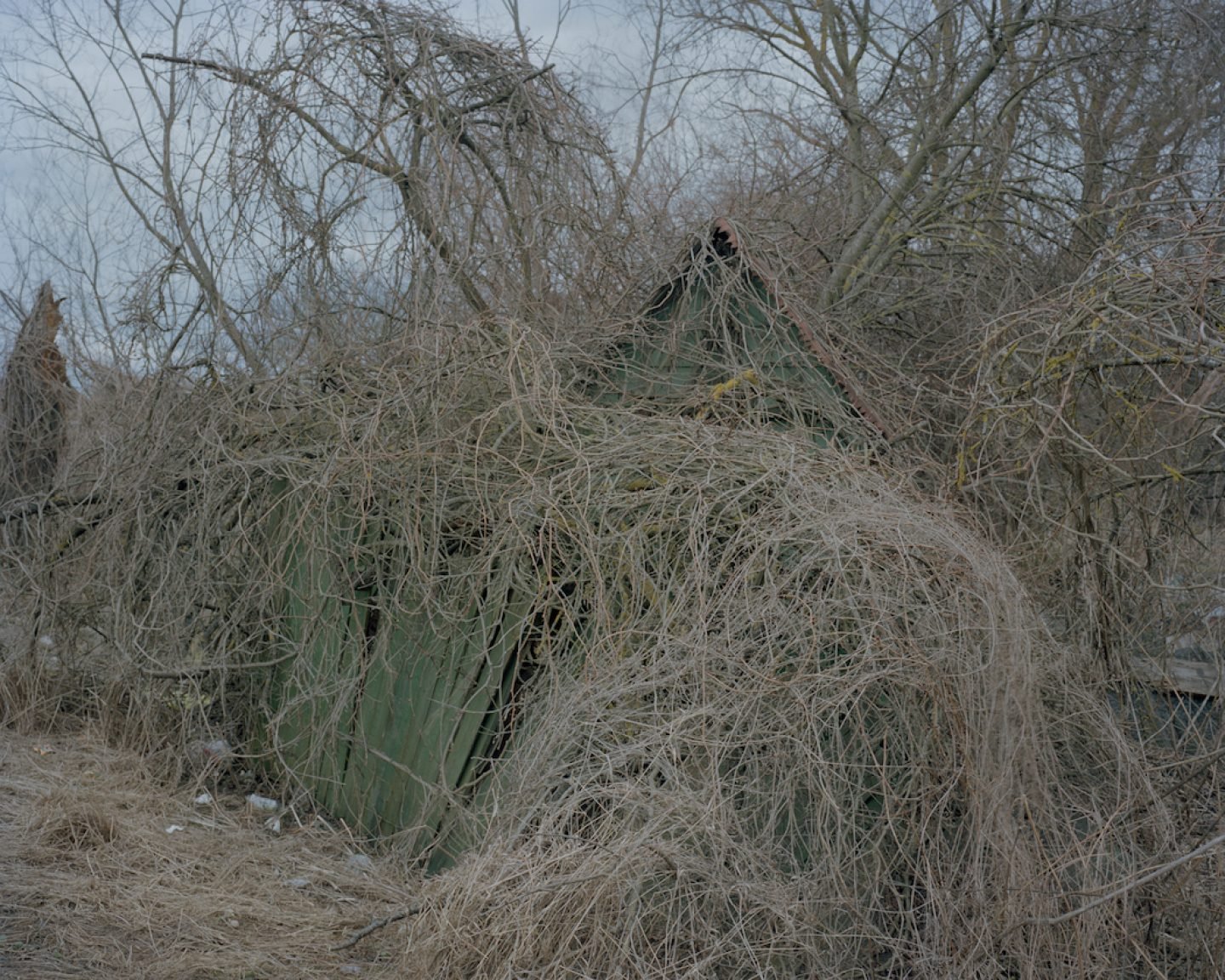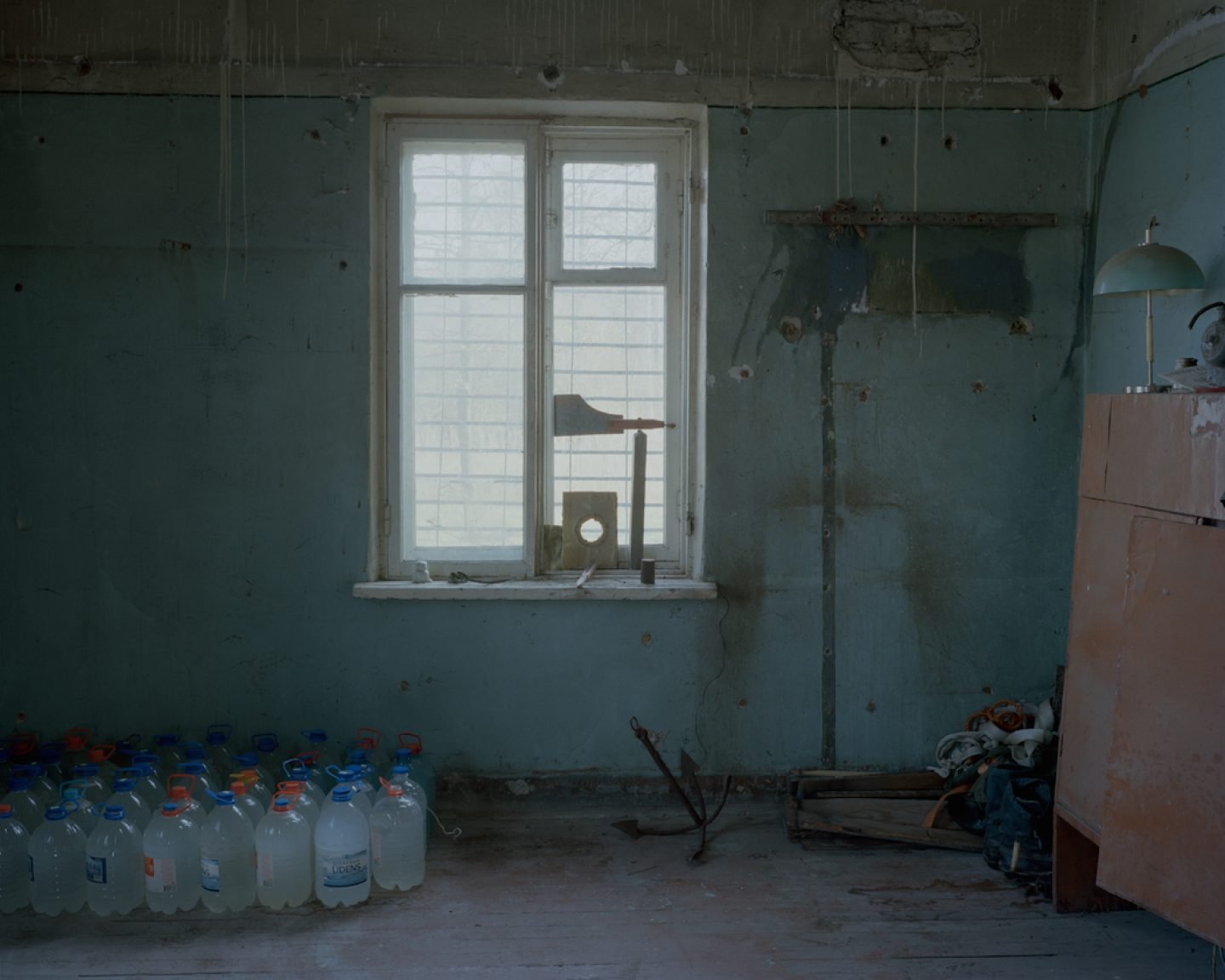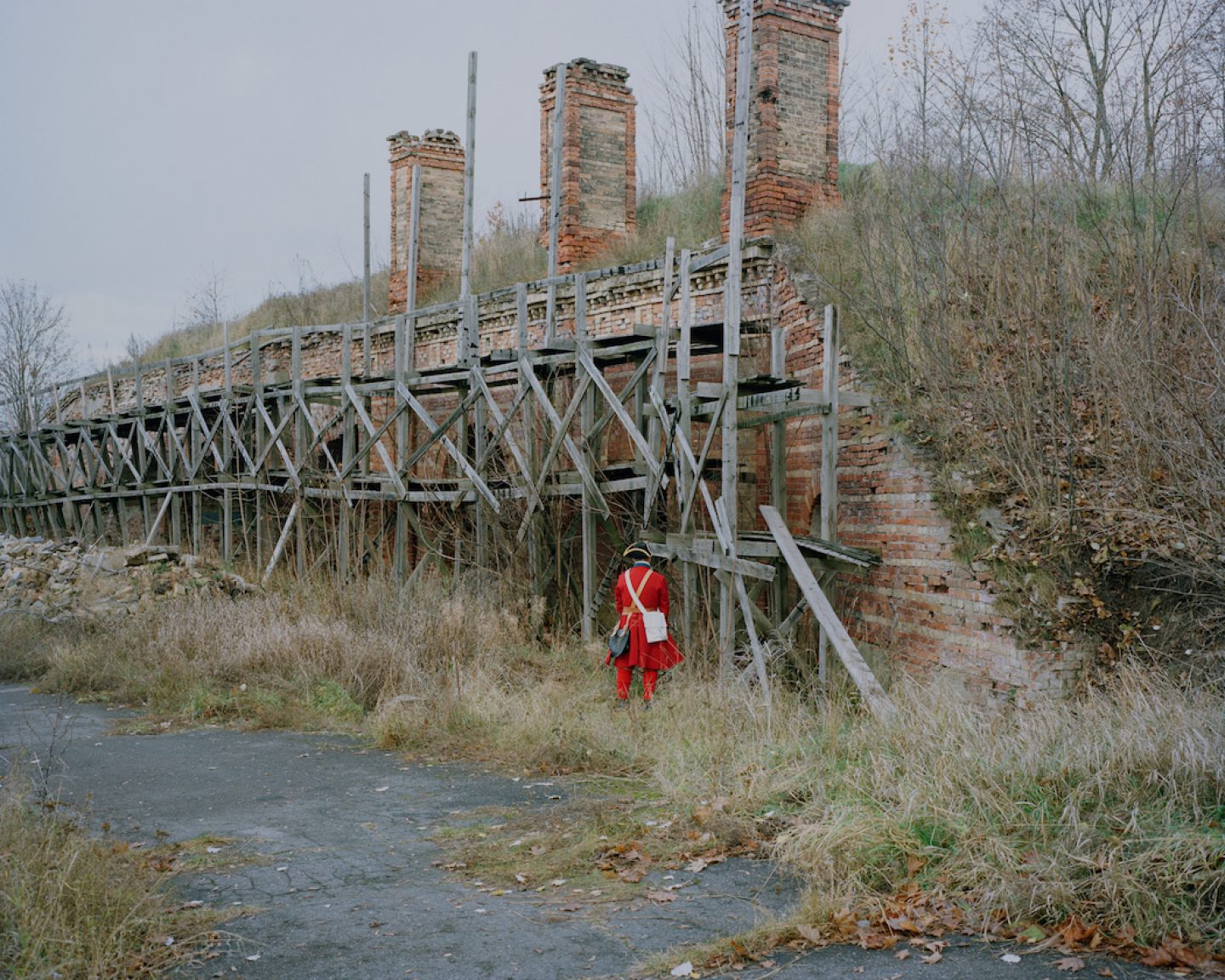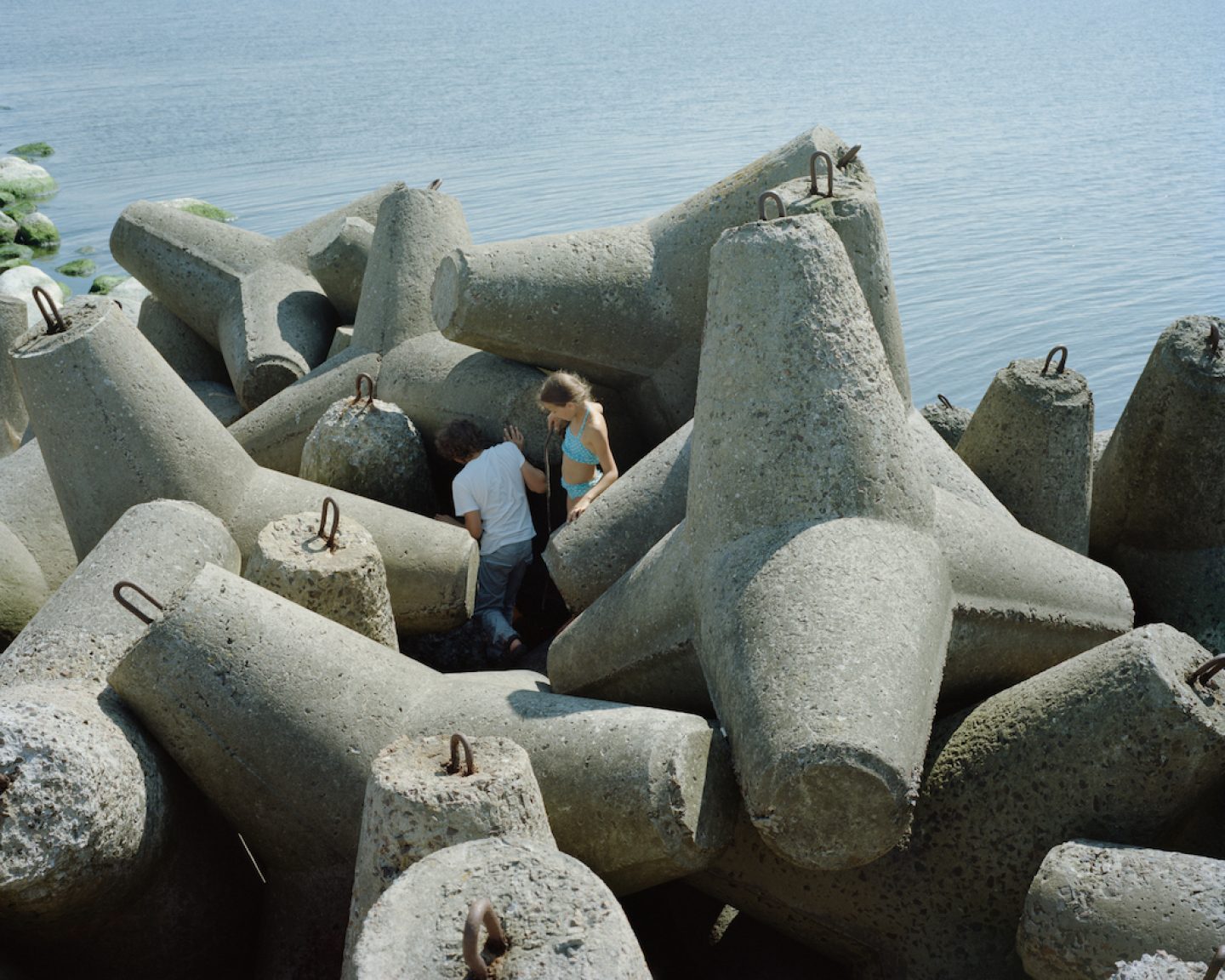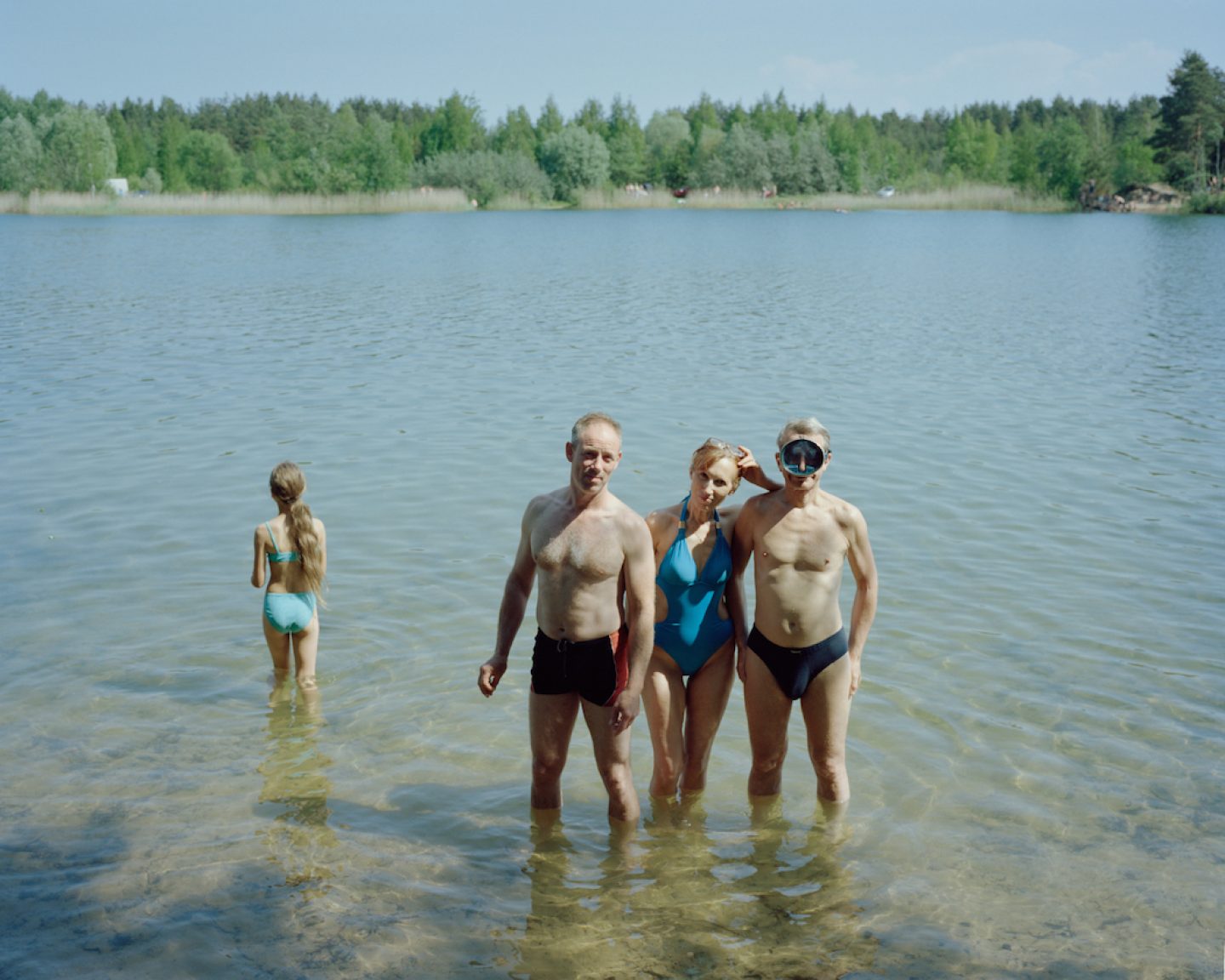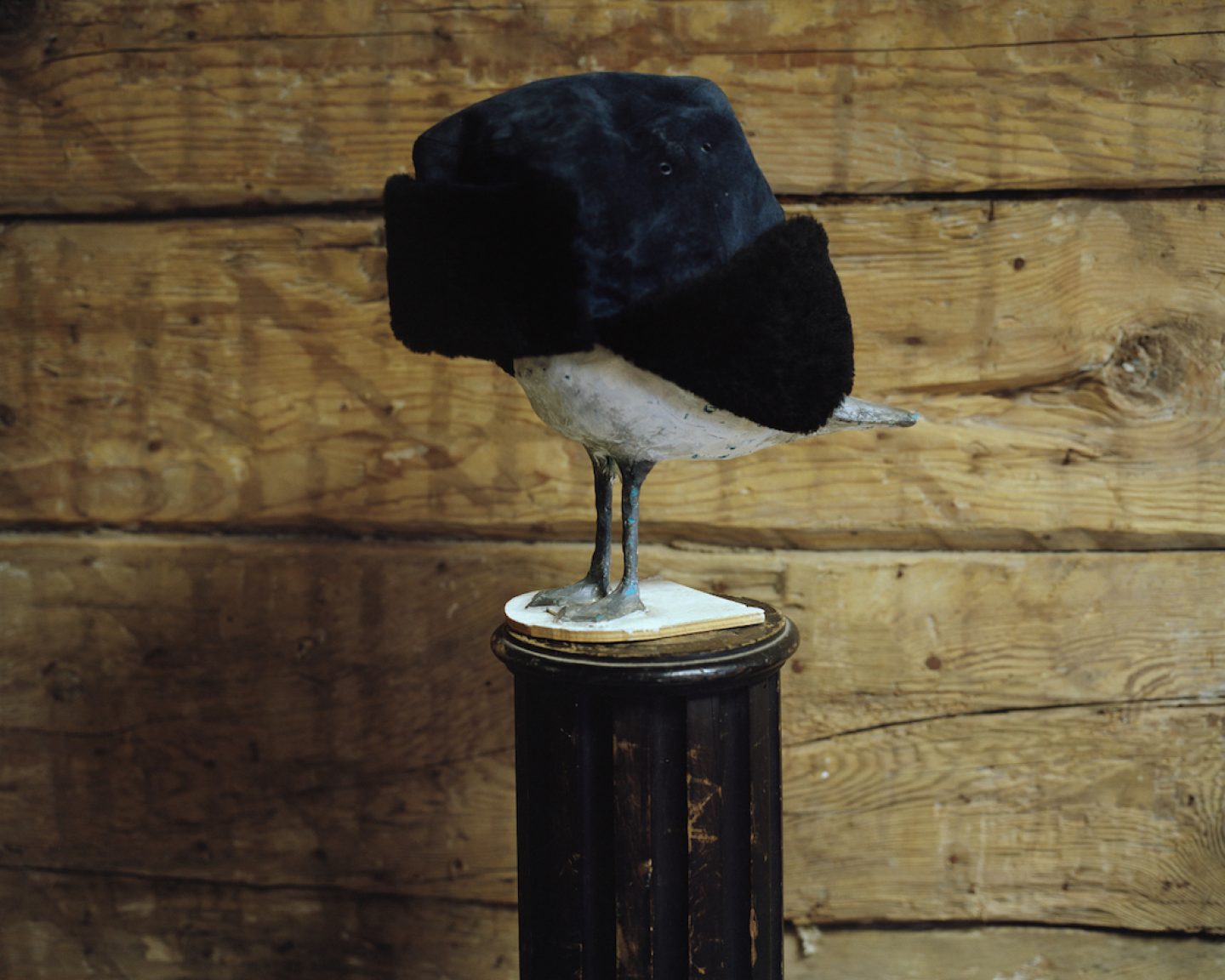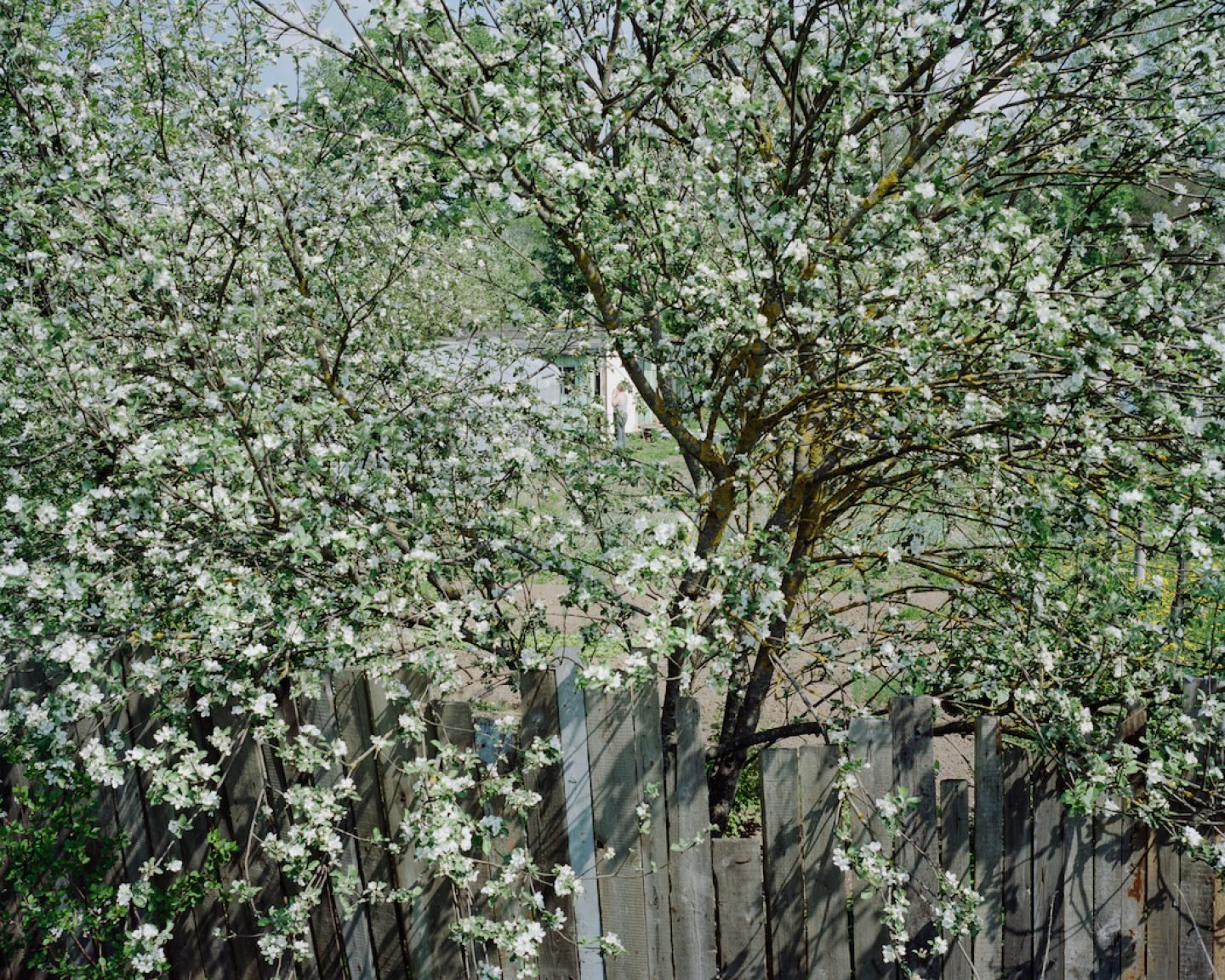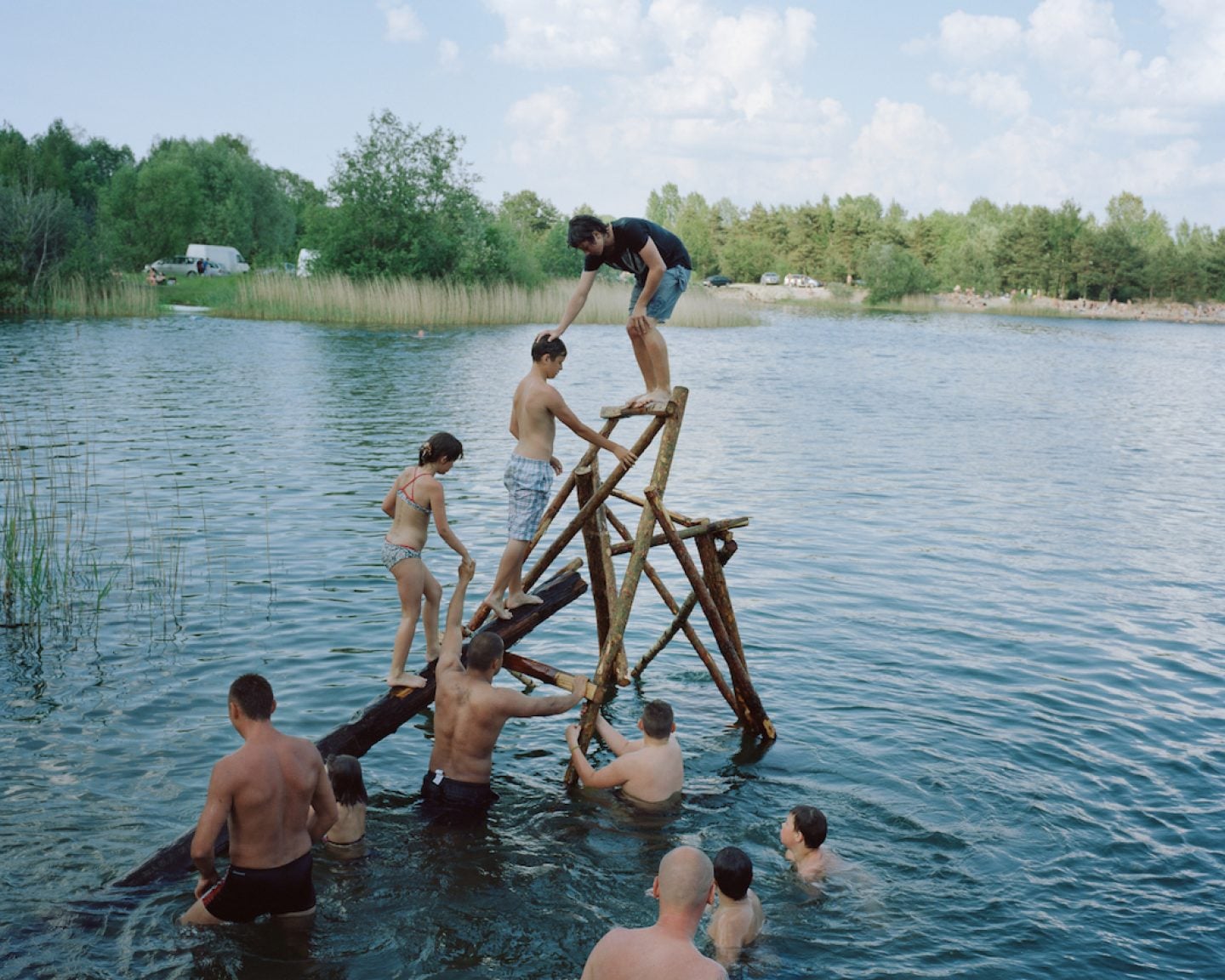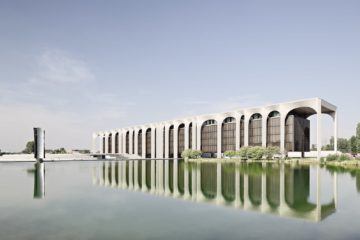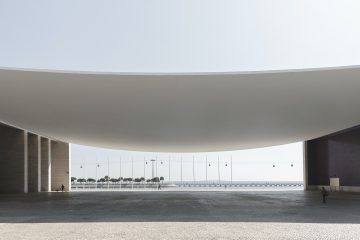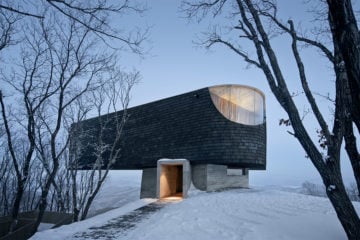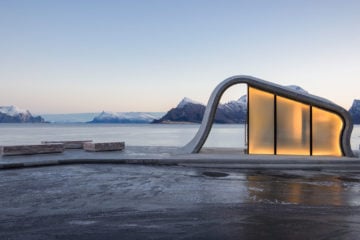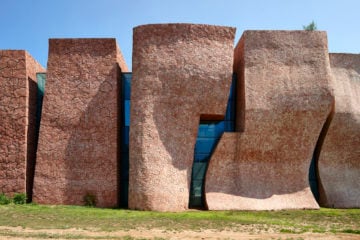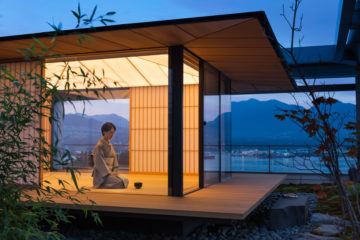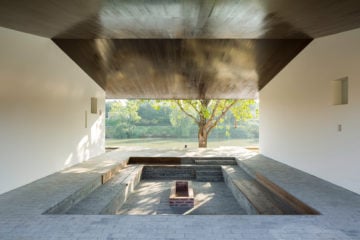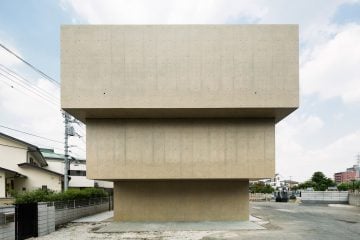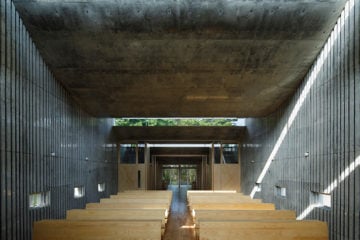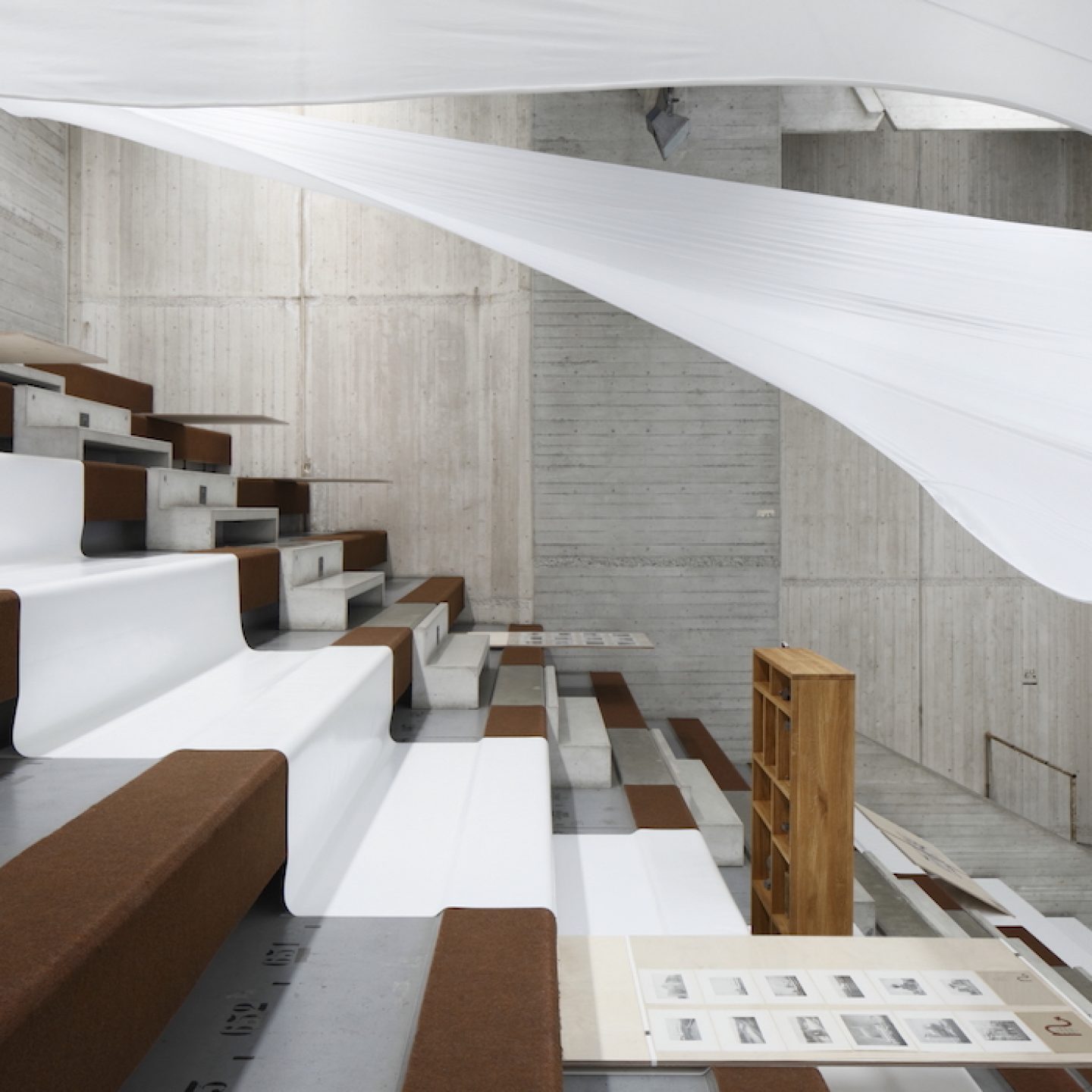
The Baltic Pavilion: Towards A Regional Sense of Space
- Words
- Anna Dorothea Ker
The pavilion occupies an intriguing, imaginative place in the international architectural landscape. The temporary structure can be viewed as a portal for the exploration and understanding of not only the physical components of architecture, but also the intangible elements that it invokes: Political, philosophical, ideological, social.
In other words, the ‘pavilion-as-portal’ concept blurs the boundary between the material and the abstract, allowing us to spread our enquiry across the anthropocene, which, according to architect and co-curator of this year’s Baltic Pavilion, Niklavs Paegle, “basically allows us to see things in relation to one another, so we no longer separate between mineral resources, the built space and human activities: These are just layers of stratigraphy.”
“The ‘pavilion-as-portal’ concept blurs the boundary between the material and the abstract.”This year, we had the pleasure of being invited to explore the analogy of anthropocene in one particular pavilion at the 15th International Architecture Exhibition – La Biennale di Venezia 2016. That of the Baltic states – Latvia, Lithuania and Estonia. Located in the Palasport Arsenale, the Baltic Pavilion has just opened for the second stage of the Biennale, in a condensed form so as to allow the sports hall to be used by locals as the work and school year cranks back into gear.
_
THE BALTIC PAVILION, 15TH INTERNATIONAL ARCHITECTURE EXHIBITION, LA BIENNALE DI VENEZIA 2016
The Baltic Pavilion. All images © Ansis Starks
Rather than taking us to Venice, however, our exploration of the Baltic Pavilion saw us enter its portal via a visit to the region’s most populous city, Riga, so as to be able to understand and imagine the myriad forces shaping the region’s anthropocene as it forges its identity whilst transitioning between two Unions: From the former Soviet (until 1991) to the current – and future – European (since 2004). This investigation into identity – both on a regional and national level – is guided by two questions, possible answers to which are collected in ‘The Baltic Atlas’, the accompanying text to the pavilion.
The first of these questions asks: ‘What is possible to imagine?’ Followed by, ‘What is possible?’ Taken together, the pavilion and the atlas offer a gradient between these two questions, which draw a framework within which the two shifting spheres shaping the Baltic identity – the historical (Soviet) and the potential (European, from) can be examined and understood, so as to chart the region’s potential futures, both in terms of the material (e.g. urban landscape, architecture) and the intangible (e.g. social political).
“Baltic states share a built environment shaped by a common timeline enduring a common inertia,” explains Niklāvs Paegle, co-curator of the pavilion, “We therefore feel it is urgent to, for the first time, take a regional stance and see this space looking distinctly through the lens of the built environment, from material space to utopian thought.” To explore the overlap between these zones of influence, we met with two Latvian photographers, Ansis Starks and Andrejs Strokins, whose practices address various facets of space and place in their work, and seek to find a moment of clarity amidst it. Below we present a selection of their shots and the philosophy behind their respective practices, so as to forge a deeper reading of the Baltic Pavilion.
_
ANSIS STARKS
“I try to capture a building as clearly as possible. It’s about finding angles – the good ones.”Born in 1980, photographer Ansis Starks divides his practice between architectural and exhibition documentation and portraiture, allowing the specificities of both categories to inform his work in the other, with a particular focus on the interplay between objects and space. Having obtained a bachelor’s degree in Business Manangement from the University of Latvia and worked as a press photographer for the agency A.F.I., he now works freelance, and frequently collaborates with eminent Latvian architecture studios.
Speaking of his take on architecture, Ansis told us: “Most of the times I try to capture a building as clearly as possible but if an opportunity shows up I love to blend it in a context.” Here we present a curated showcase of photos by Starks that engages with layering of the built environment including elements and artefacts from the Baltic Pavilion, such as the Latvian National Library in Riga and Soviet housing in the backdrop of new cultural infrastructure (University of Rēzekne).
On any given weekend in a year, there’s a high chance that photographer Andrejs Strokins will be found on the outskirts of Riga, in two districts straddling the boundary between city and nature: Bolderāja and Daugavgrīva, located a only a few kilometers inland from the Gulf of Riga.
“The mainly Russian-speaking population of the area is still haunted by the shadows of the Soviet past.”Born in 1984, the photographer graduated from the Art Academy of Latvia with a degree in graphic printmaking, going on to participate in the Sputnik Mentoring Programme and the Joop Swart Masterclass before joining A.F.I as a professional photographer. His accolades include being named Kaunas Photo Star 2013 and one of the Top 50 LensCulture Emerging Talents of 2014. Today he works freelance and continues to pursue personal projects, such as the one that keeps him going back to Bolderāja and Daugavgrīva. The ongoing series, shot on a Mamiya 7, is named ‘People In The Dunes’, after the houses in the area that were were built on the beach.
“After World War II, the fishing villages build on the dunes were replaced with blockhouses and some parts of Daugavgrīva became a closed military area,” explains Strokins, “Now 24 years have passed, but the mainly Russian-speaking population of the area is still haunted by the shadows of the Soviet past.” On his photographic approach, he notes: “I’m usually just there, waiting for something to happen.” And slowly but surely, it does. It is this tension between historical memory and current environment that keeps pulling Strokins back again and again, to take in, compare and observe the changes, both grand and subtle: To the landscape, the architecture, and the people.
All images © Andrejs Strokins
Both Starks’ and Strokins’ photographic practices shed light on the work of The Baltic Pavilion: As a platform for exploration, investigation, questioning, and peeling back layers of history, so as to cobble together together a new form of vernacular – visual and otherwise – that will propel the region towards the possibilities of the future.
_
The Baltic Pavilion
15th International Architecture Exhibition – La Biennale di Venezia 2016
Palasport Arsenale, “Giobatta Gianquinto”
Calle San Biagio 2132, Castello–Venice, Italy
Second Stage: 7th September – 27th November
Tuesday–Sunday: 10am—6pm
With thanks to Air Baltic, Martin Pohl, Ansis Starks, Andrejs Strokins and the curators of The Baltic Pavilion: Niklāvs Paegle, Dagnija Smilga, Laila Zariņa, Kārlis Bērziņš, Jurga Daubaraitė, Petras Išora, Ona Lozuraitytė, Johan Tali and Jonas Žukauskas for their support in making this trip possible.

